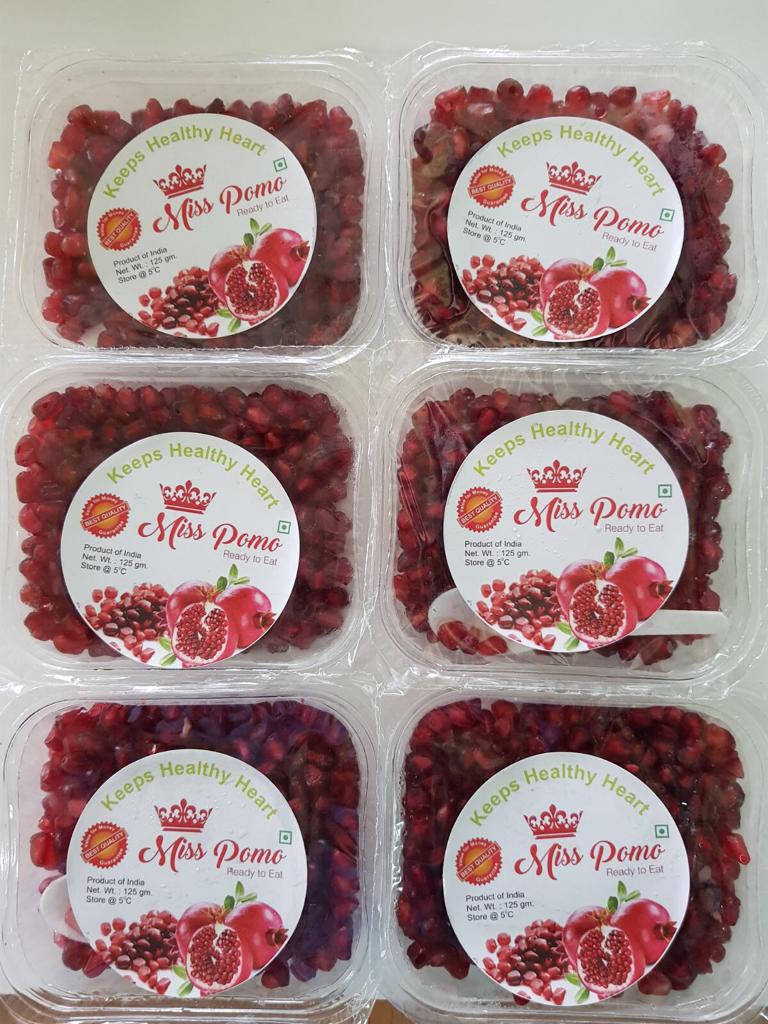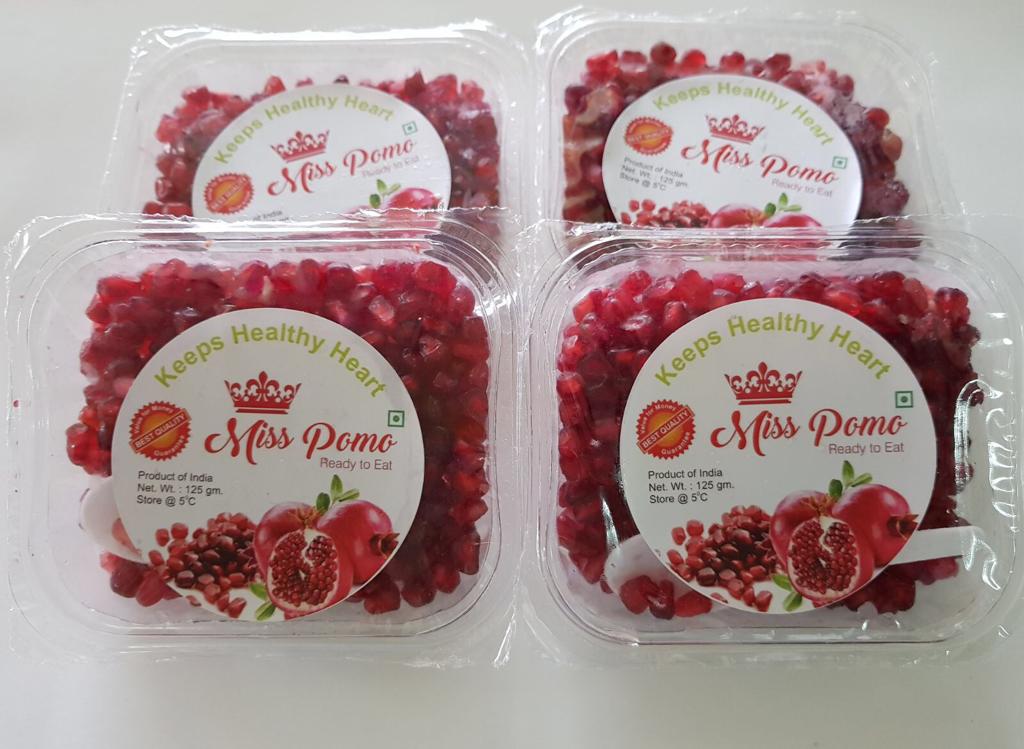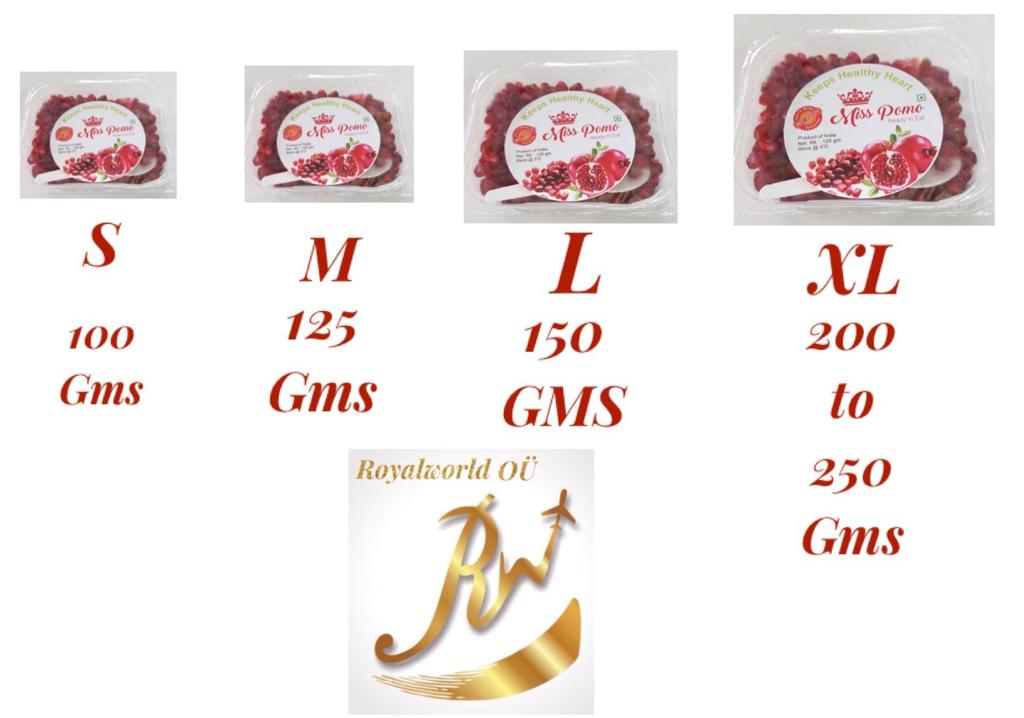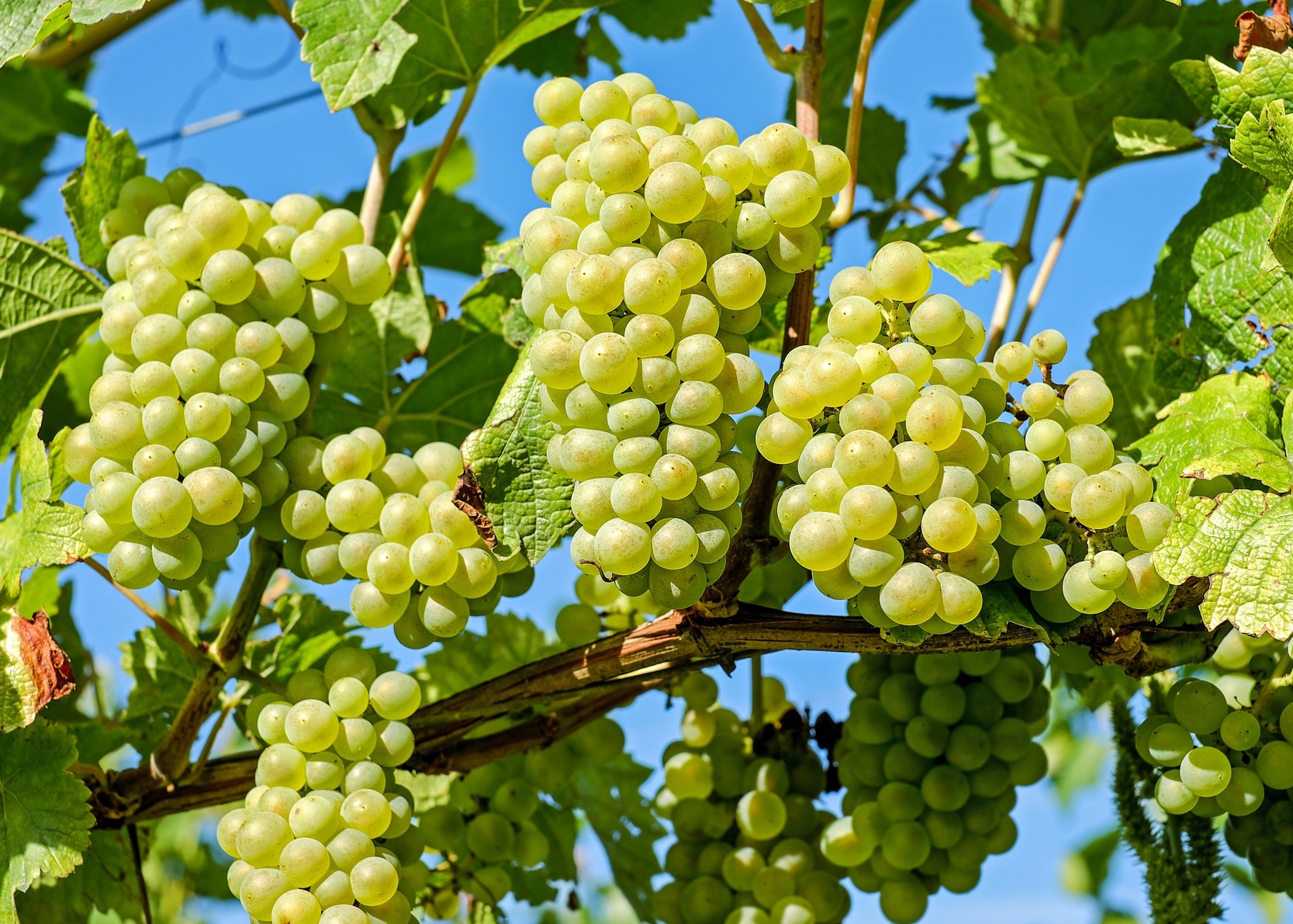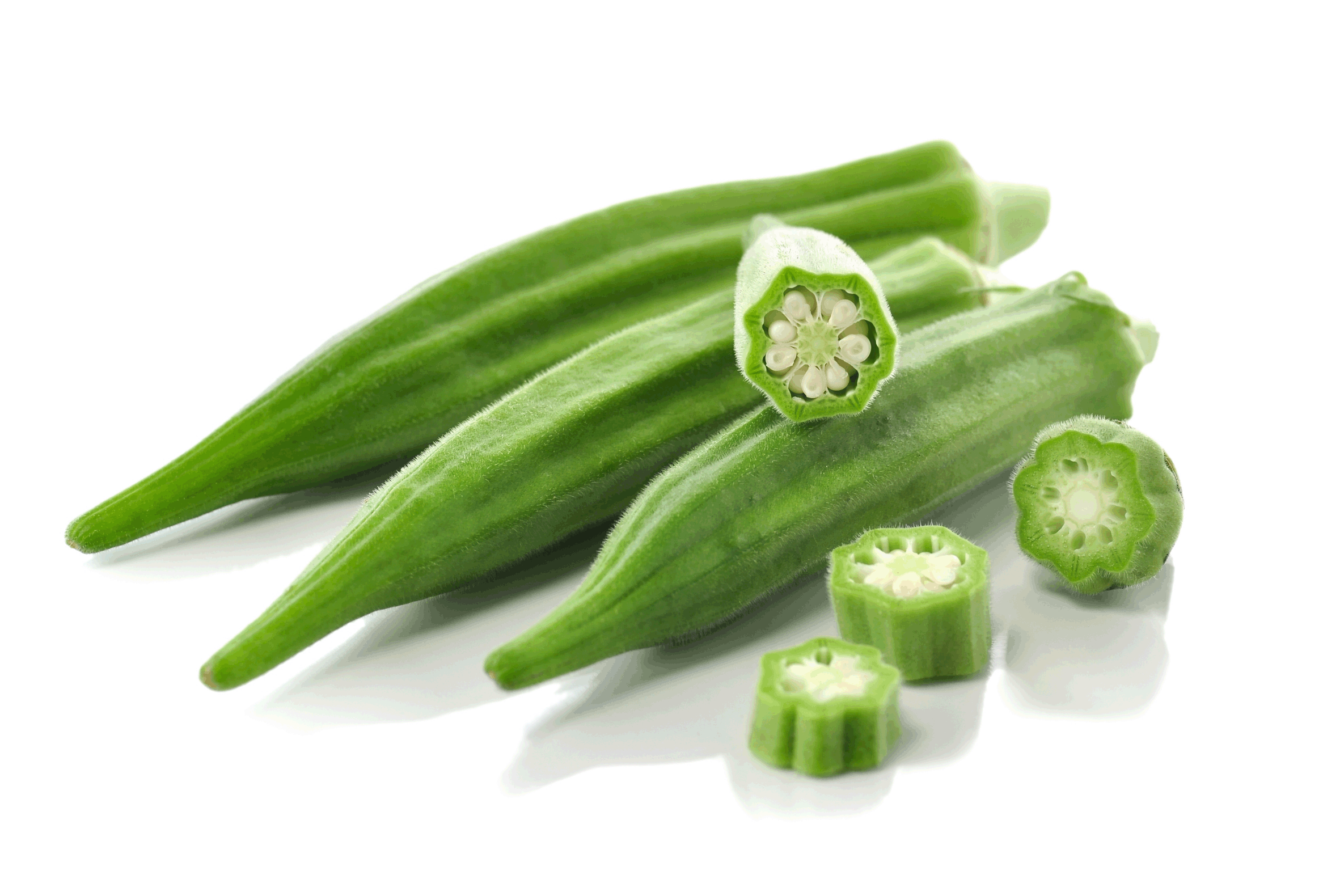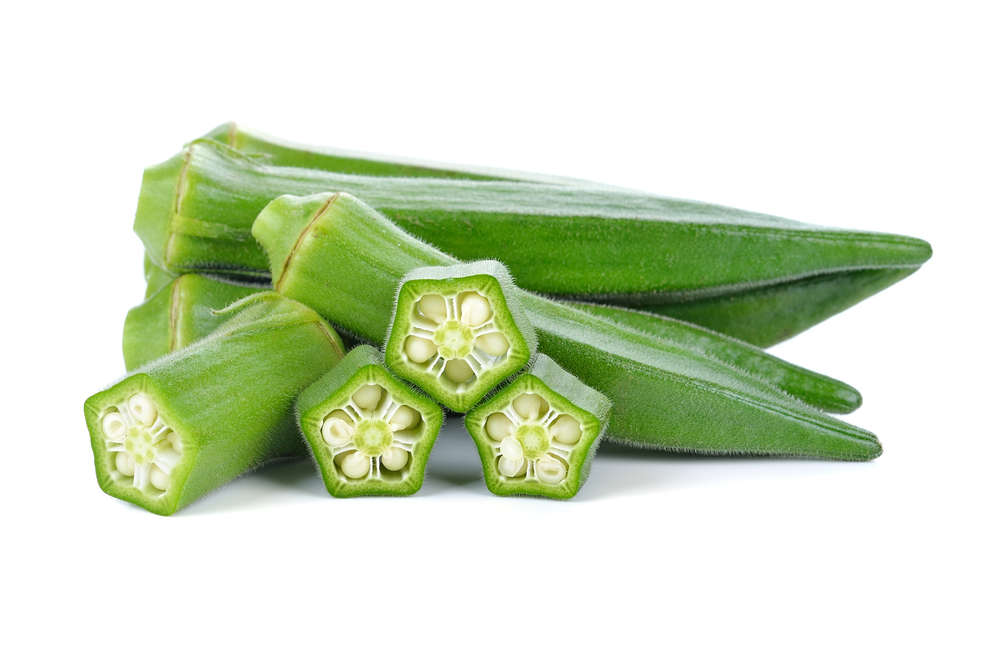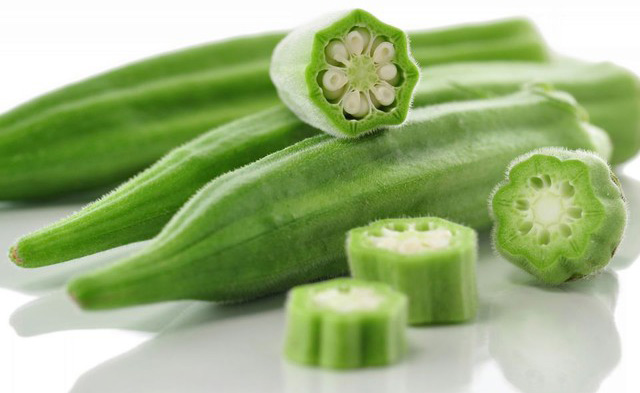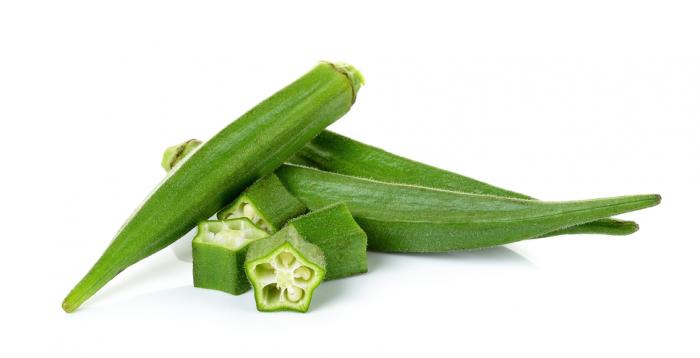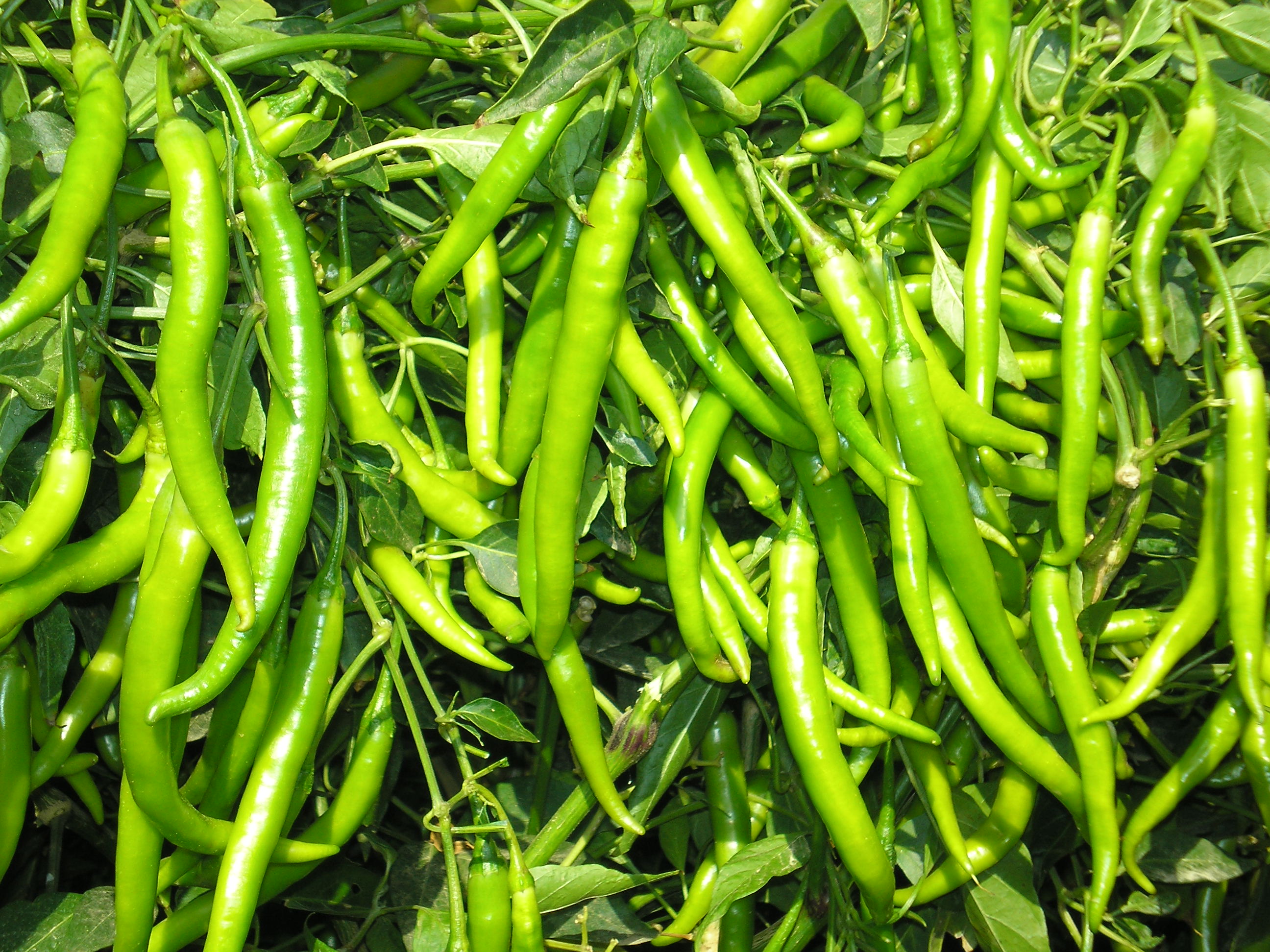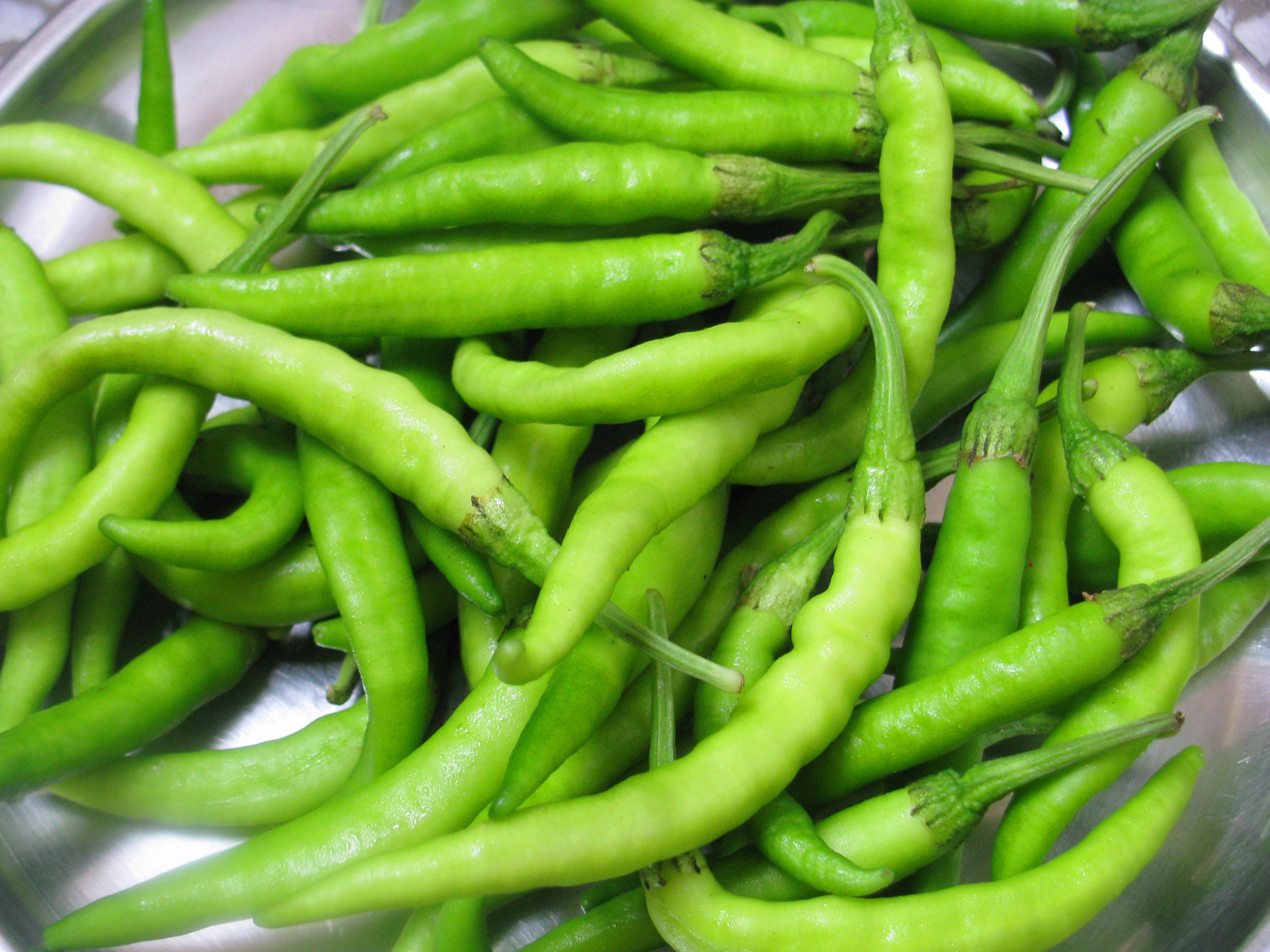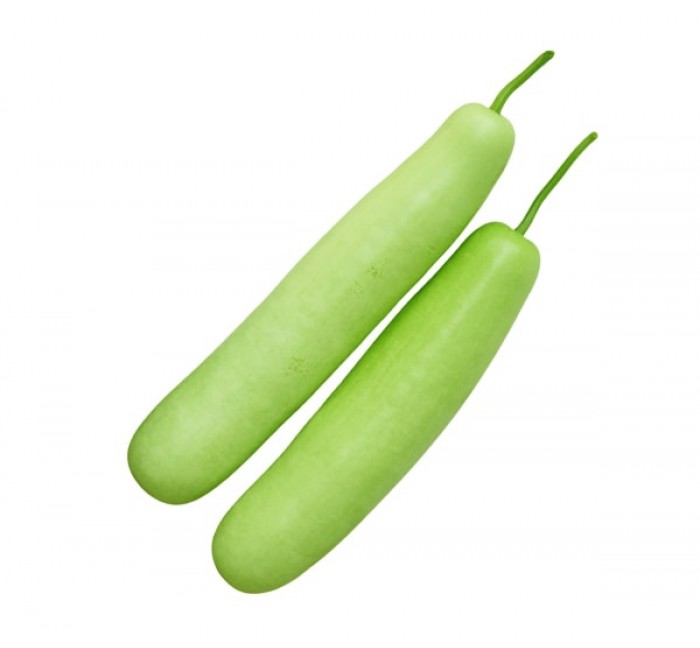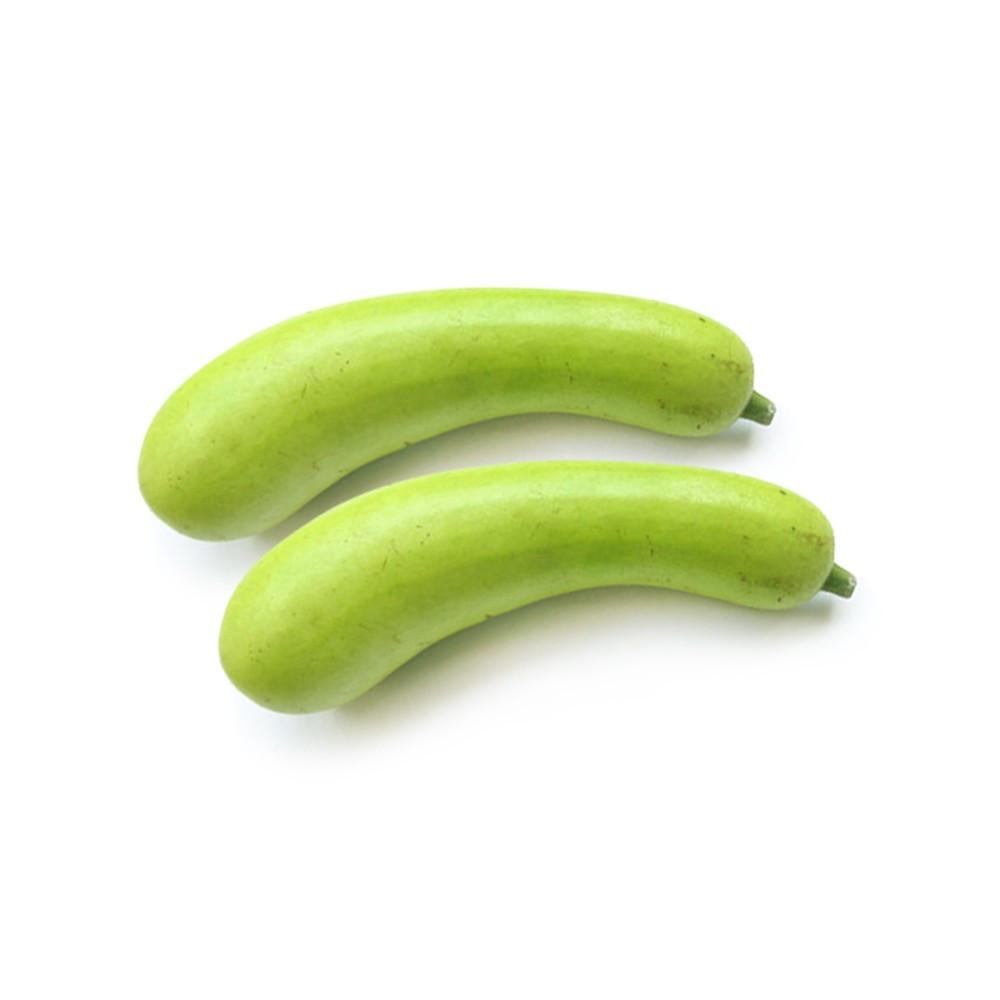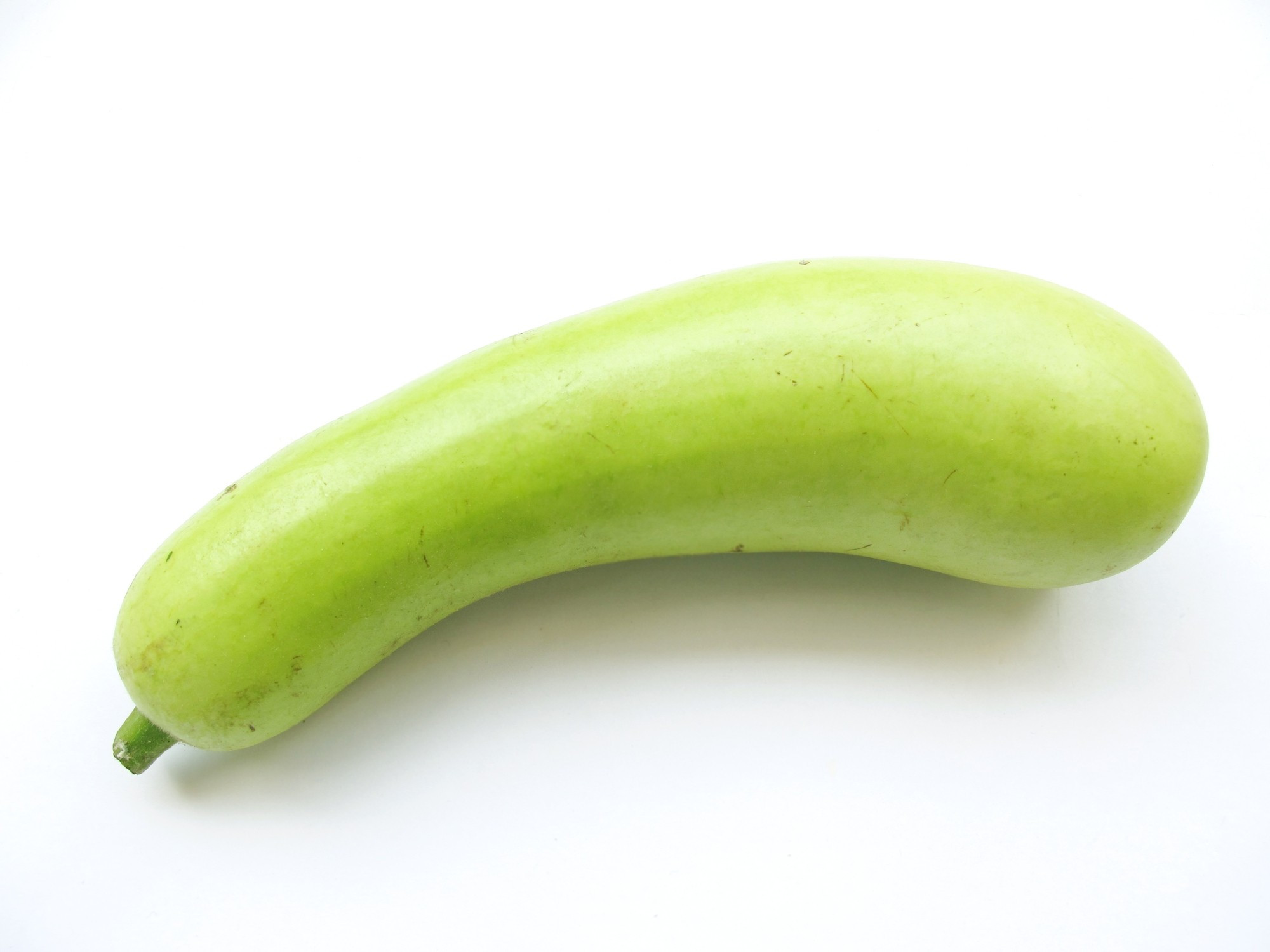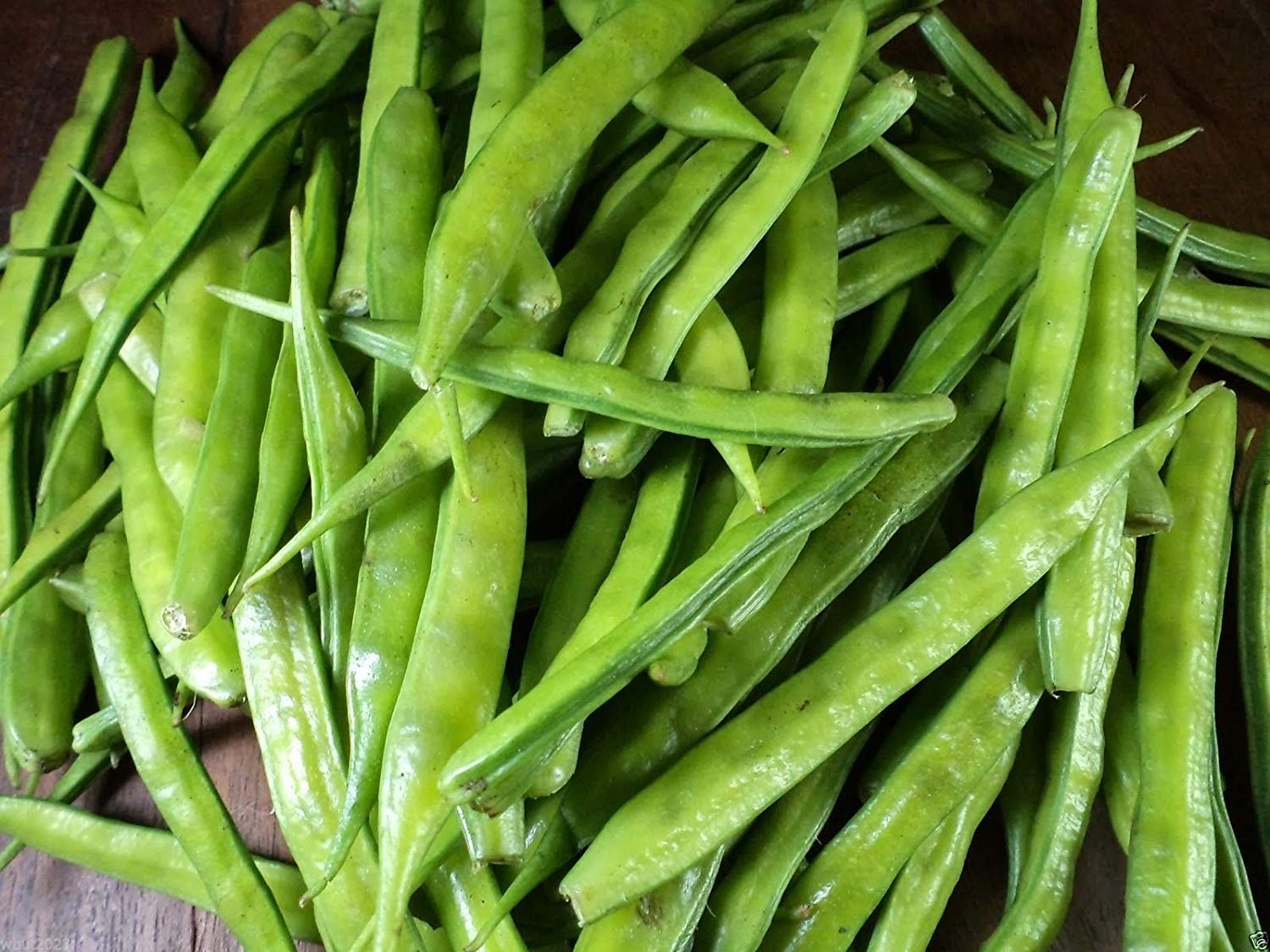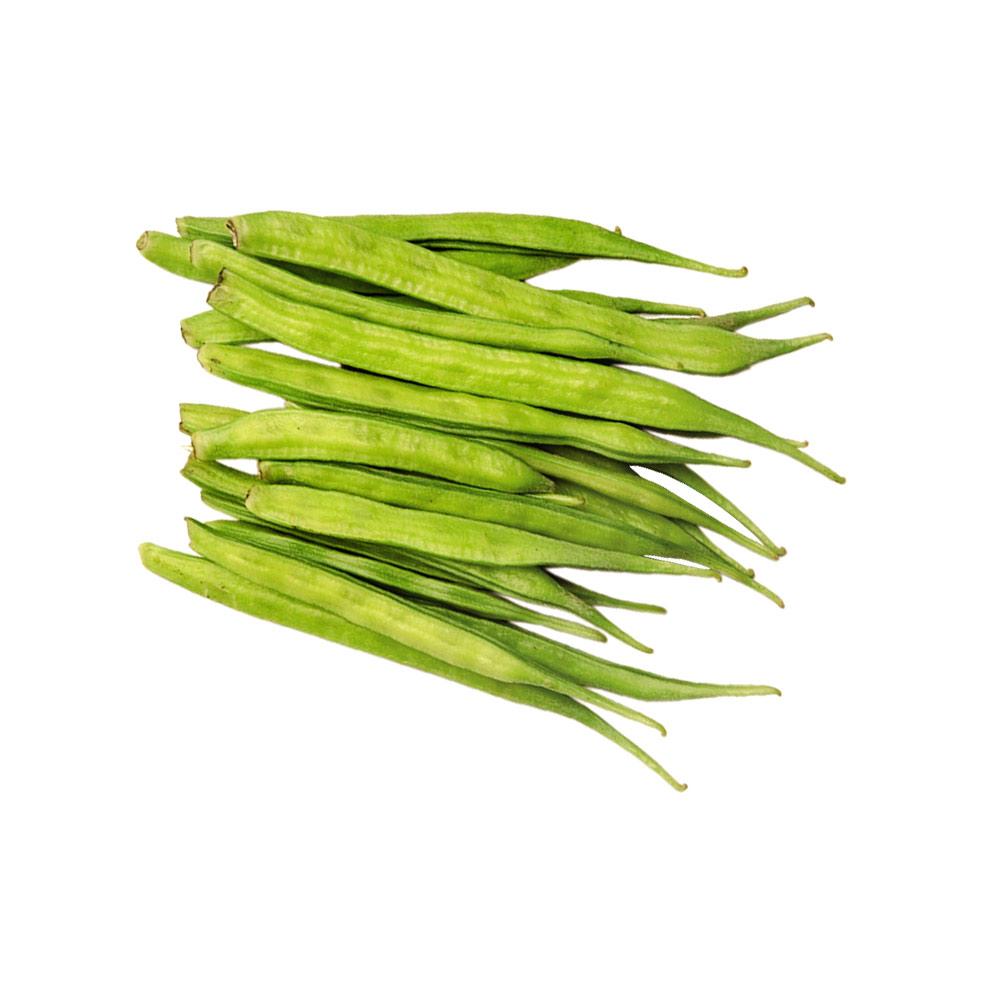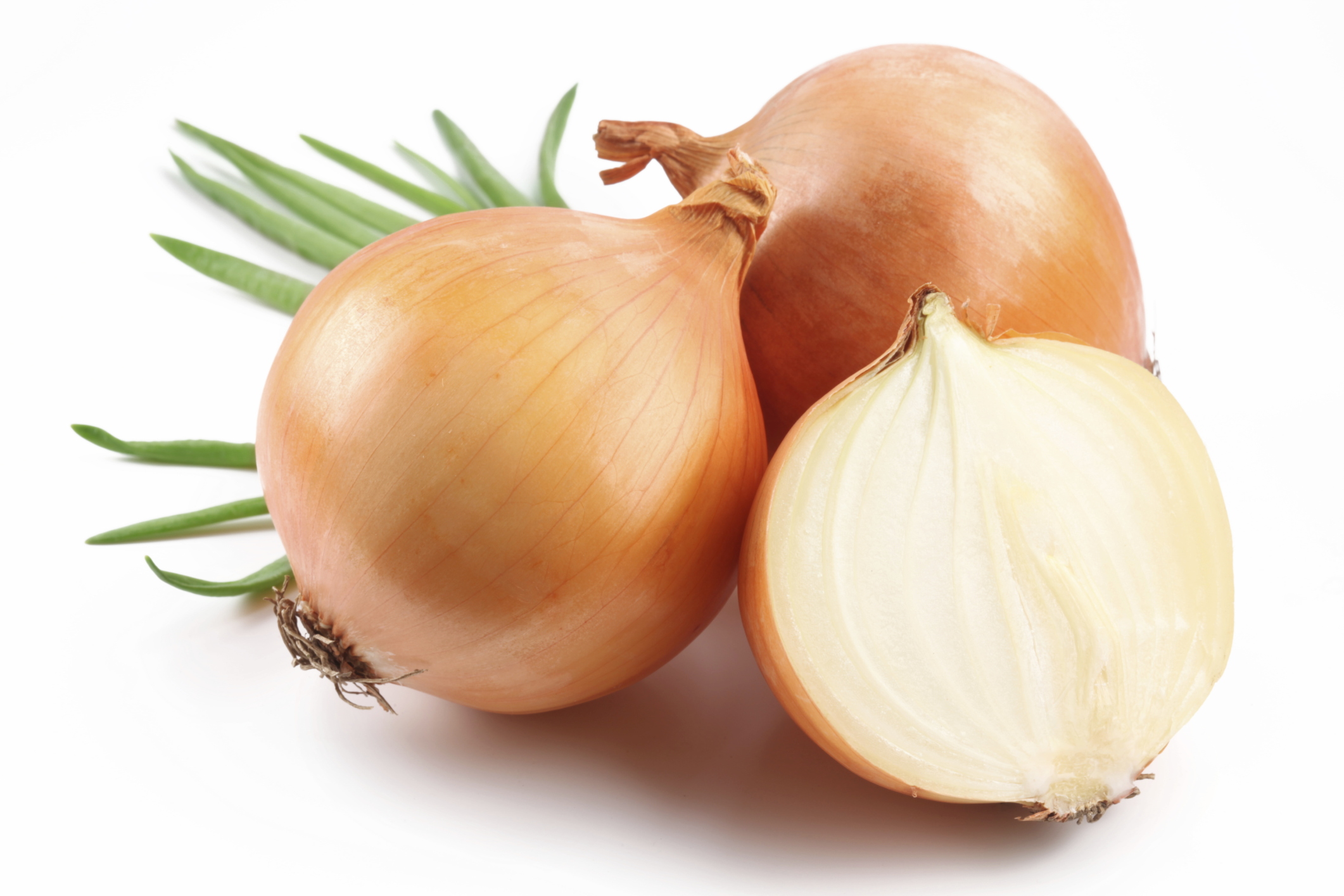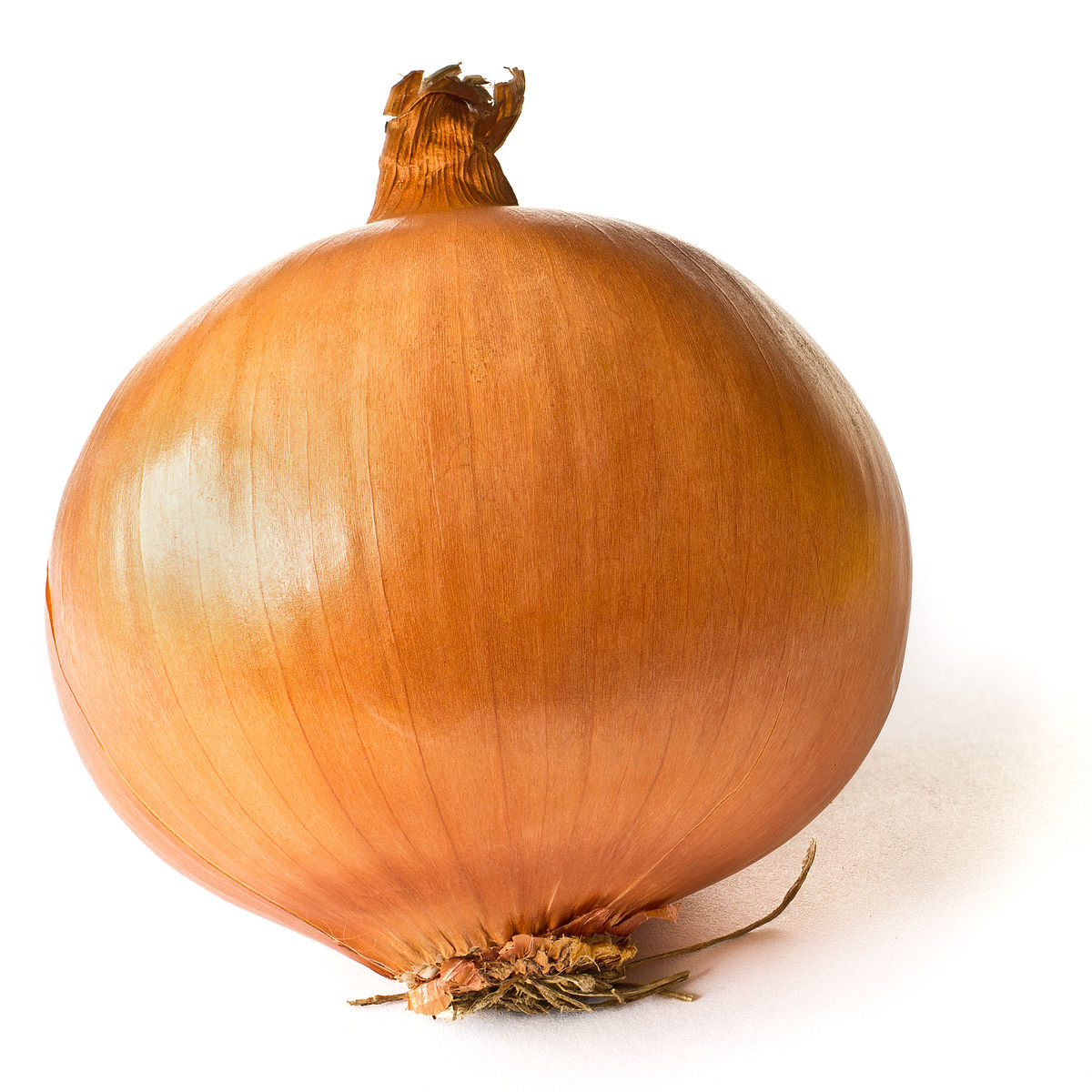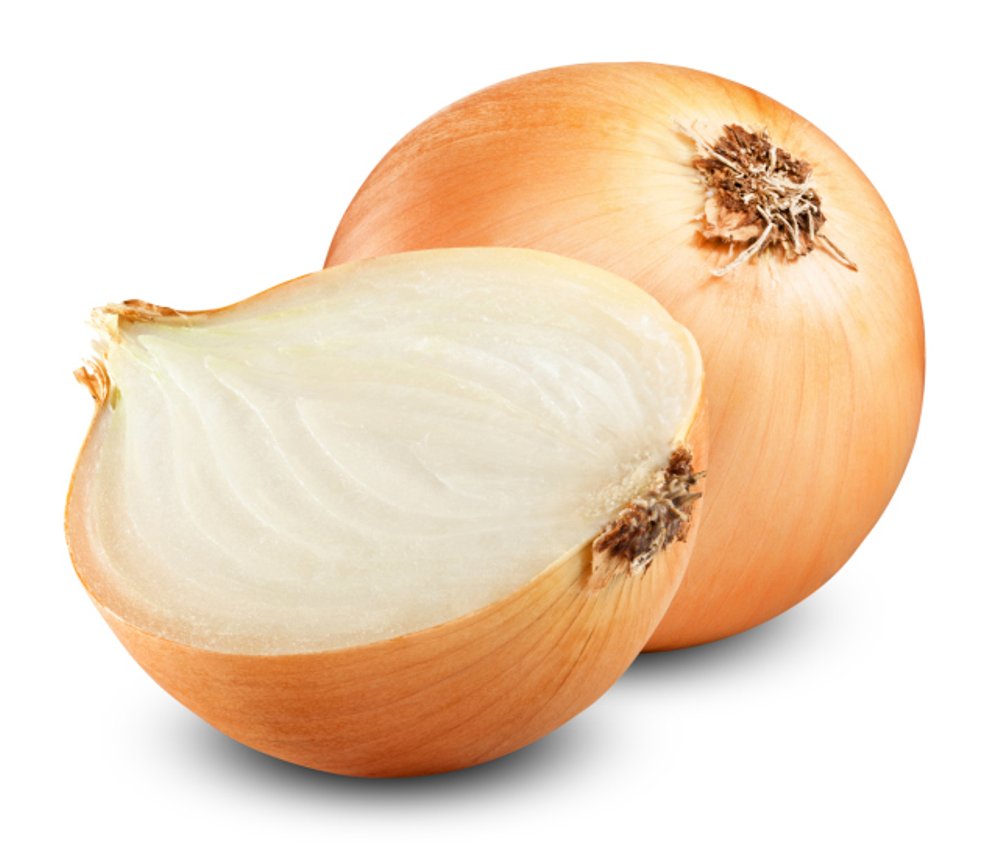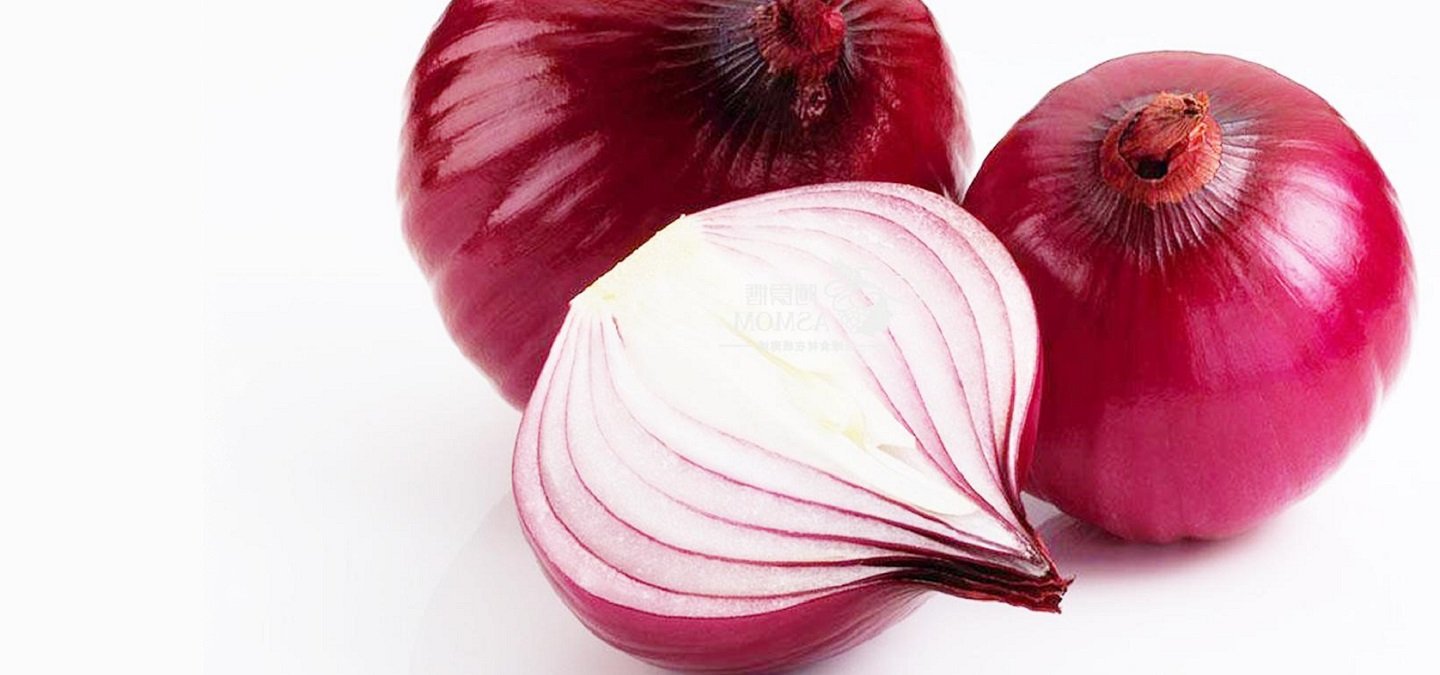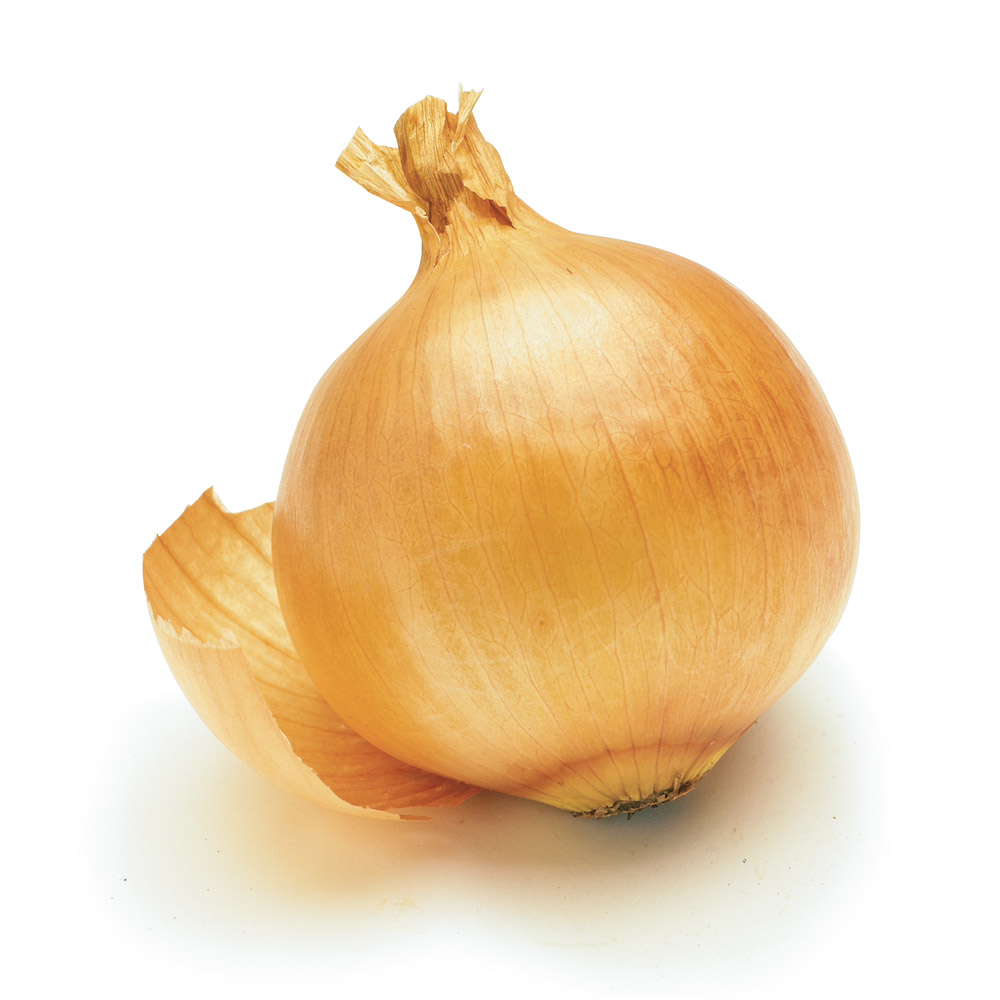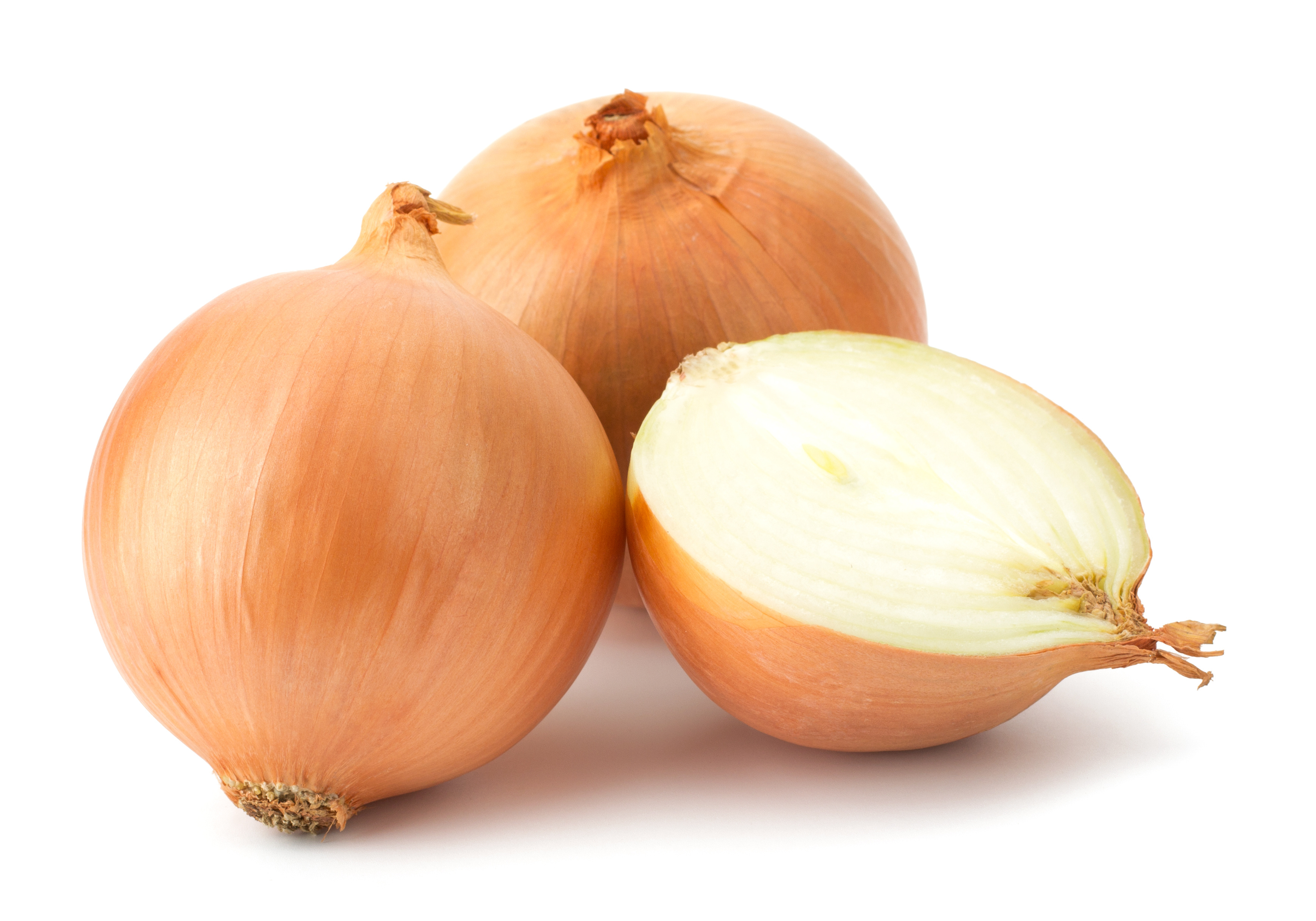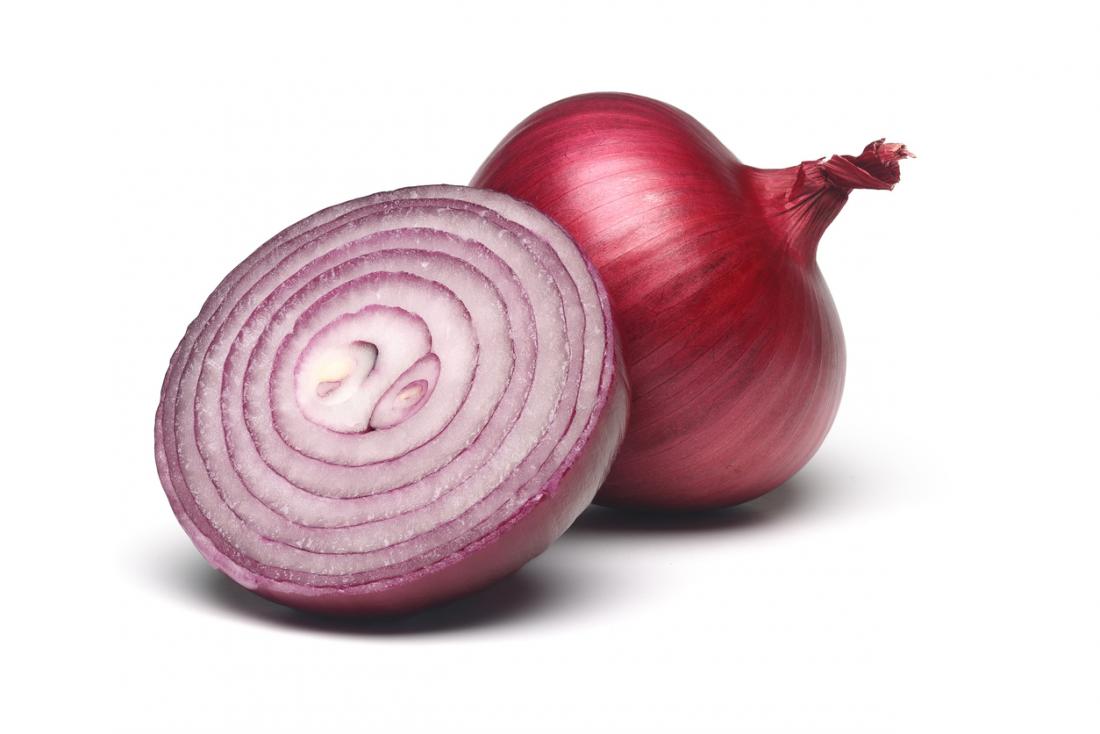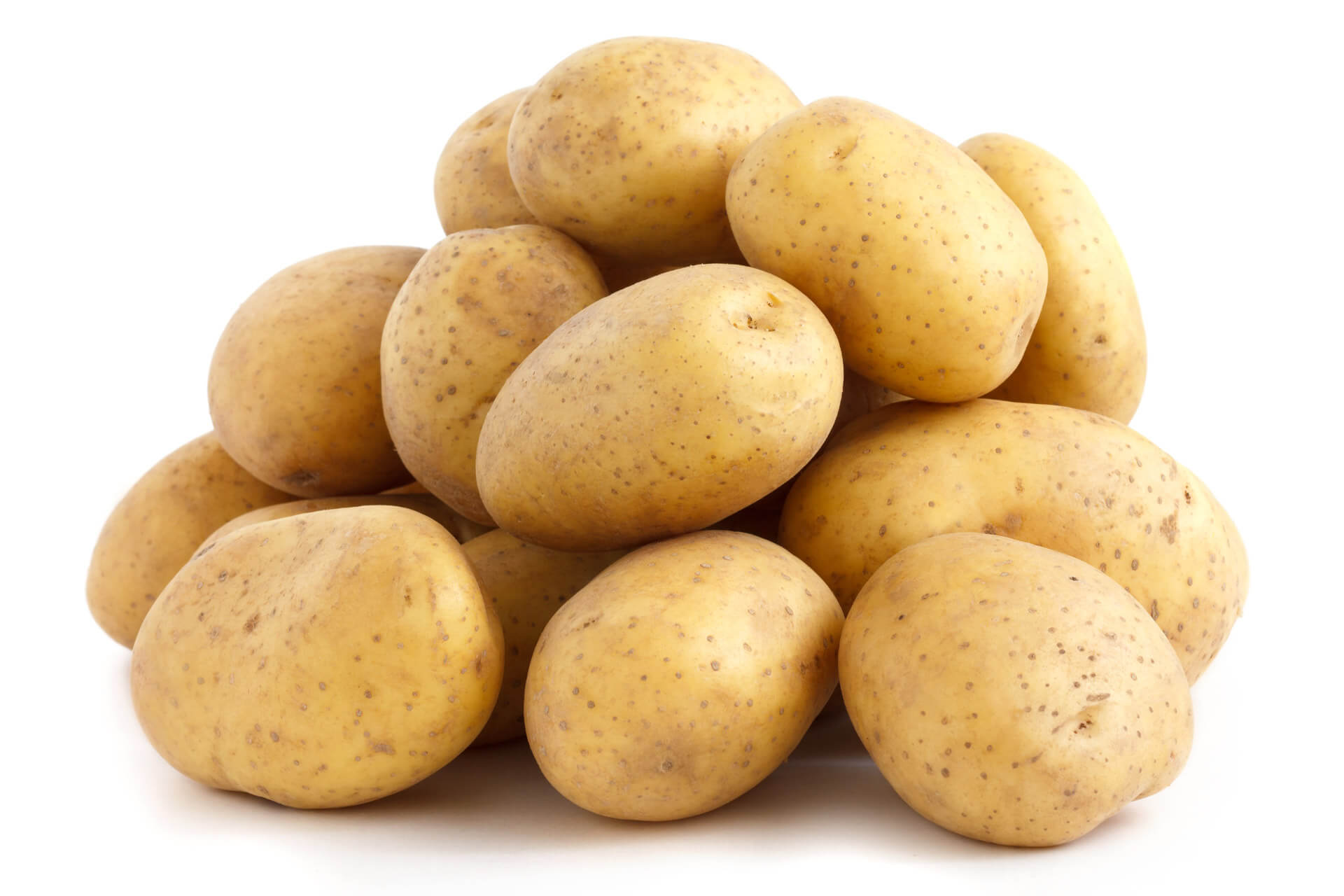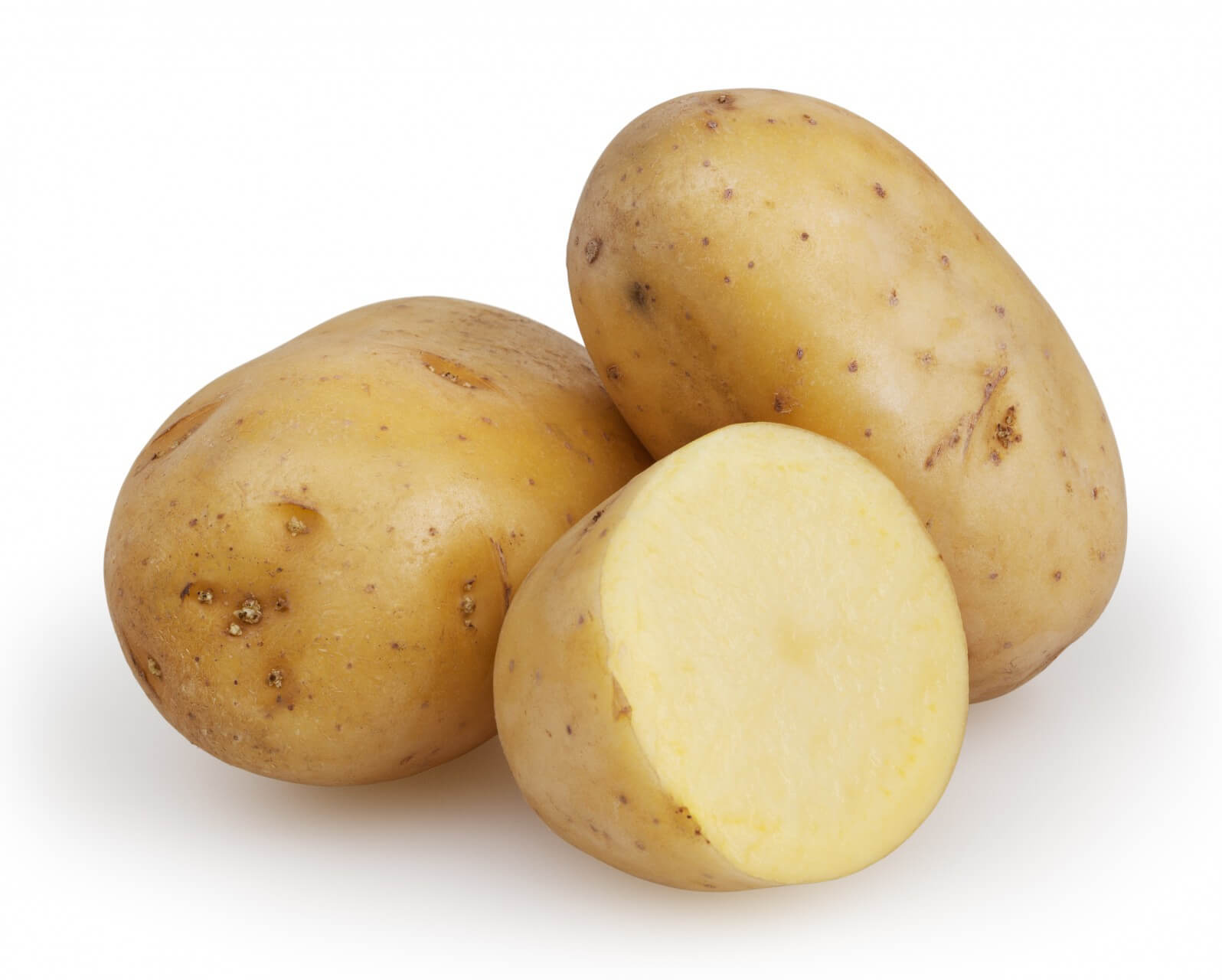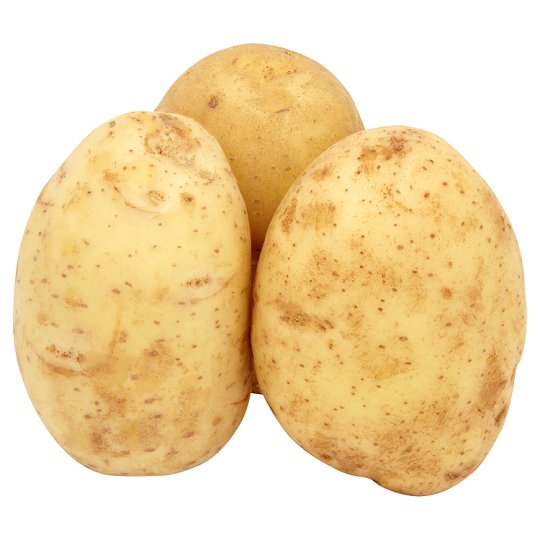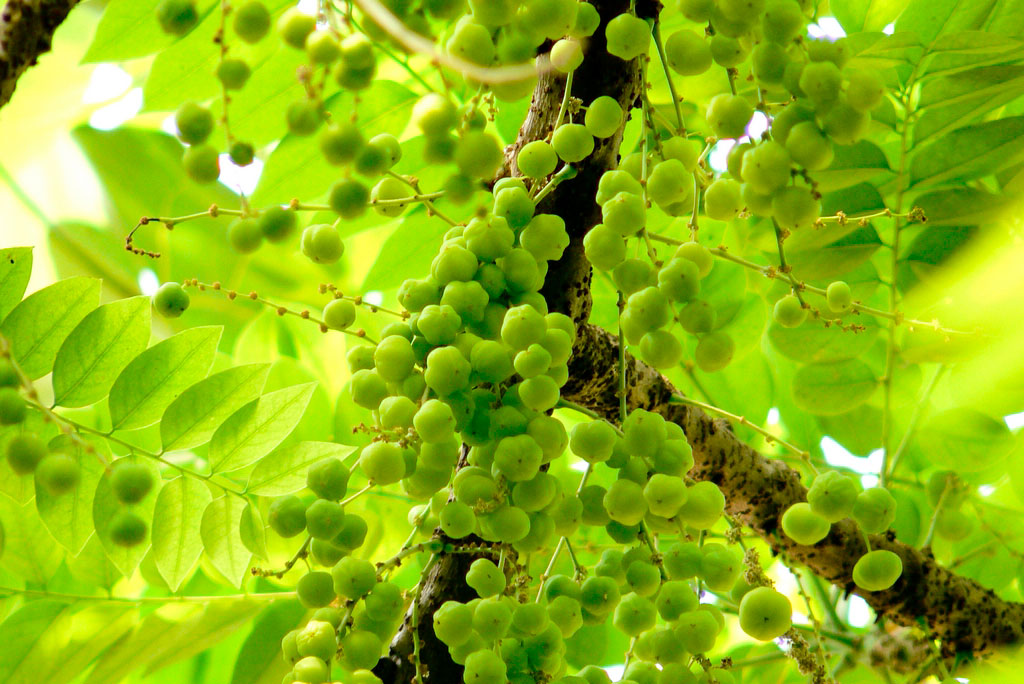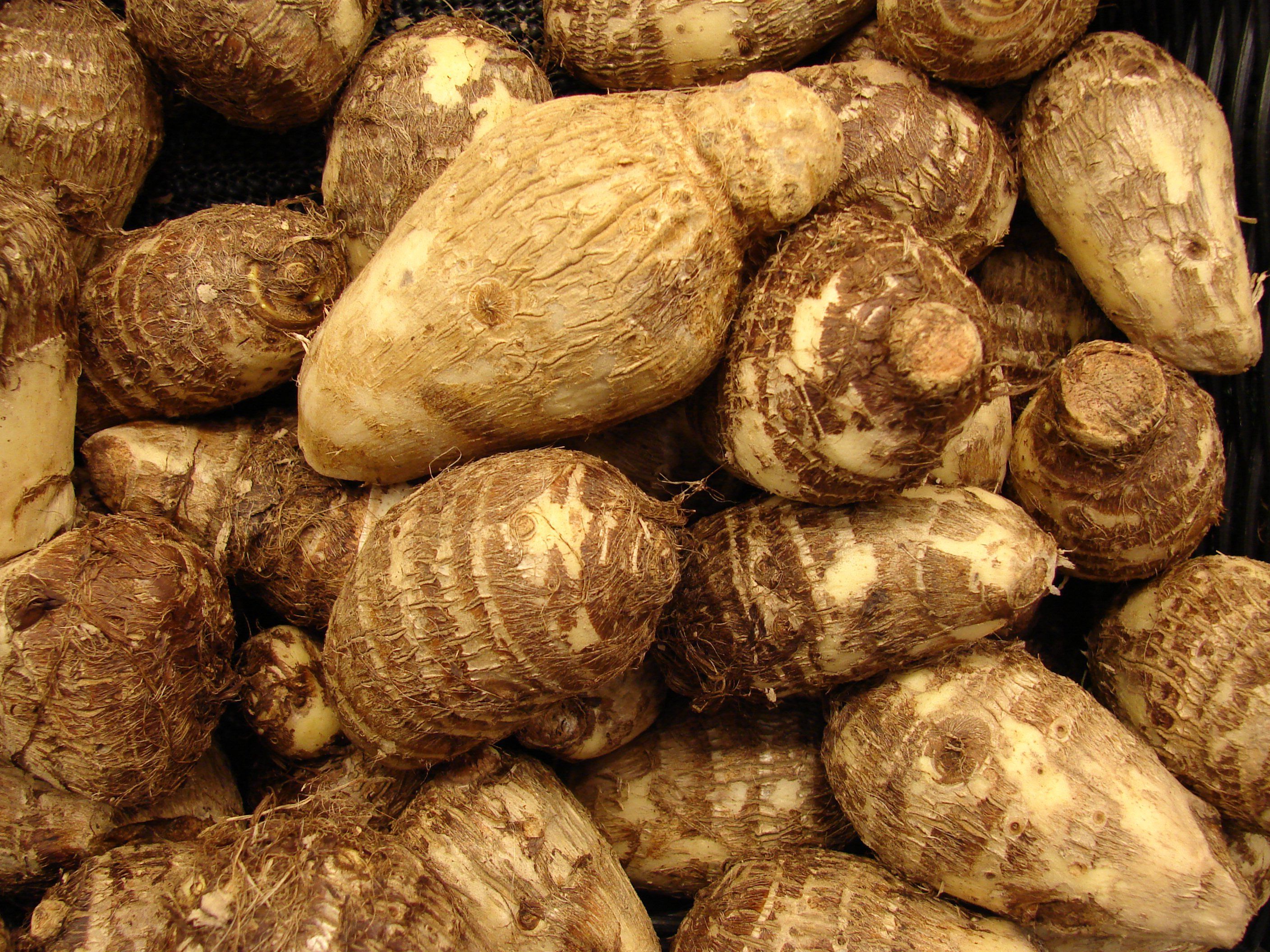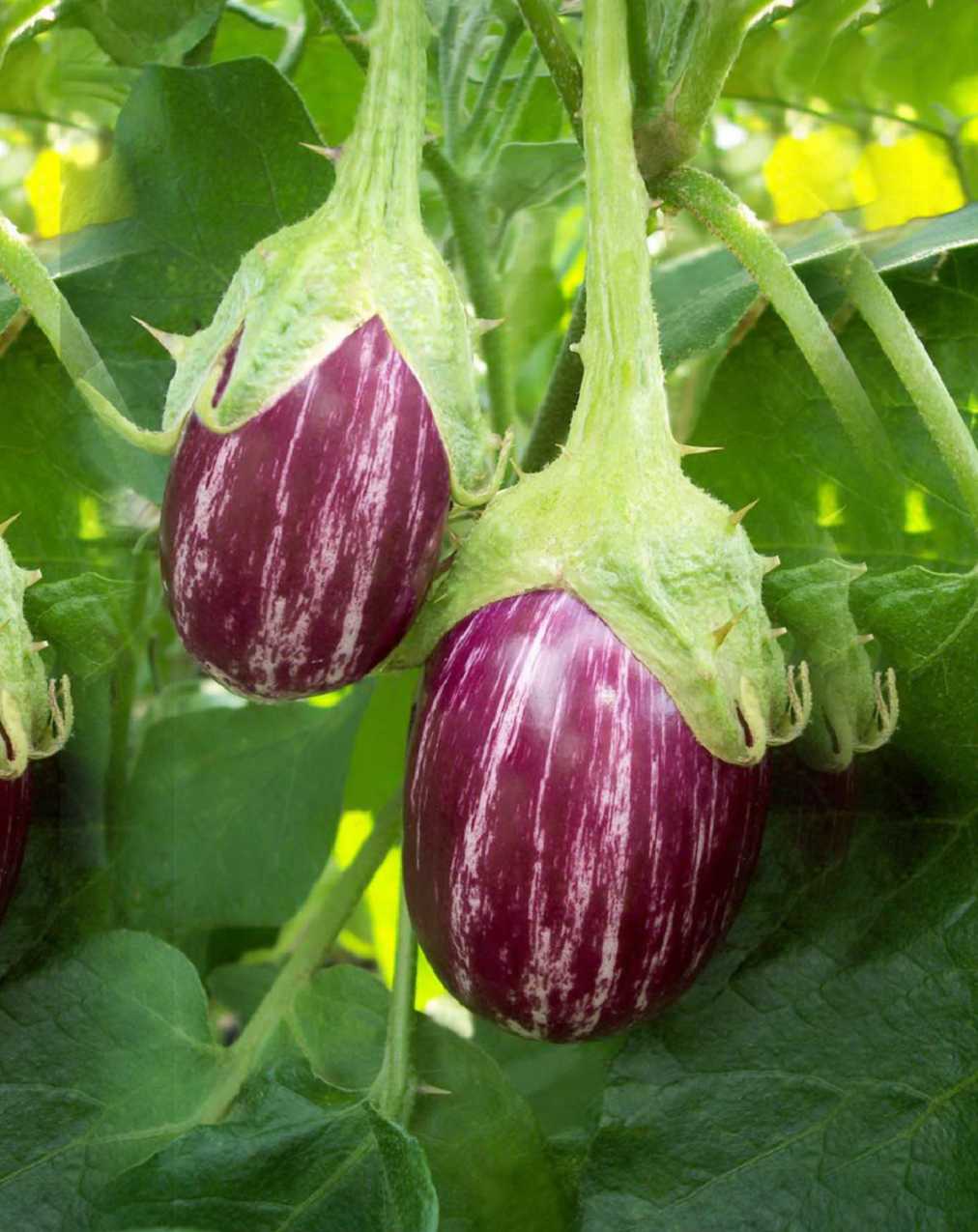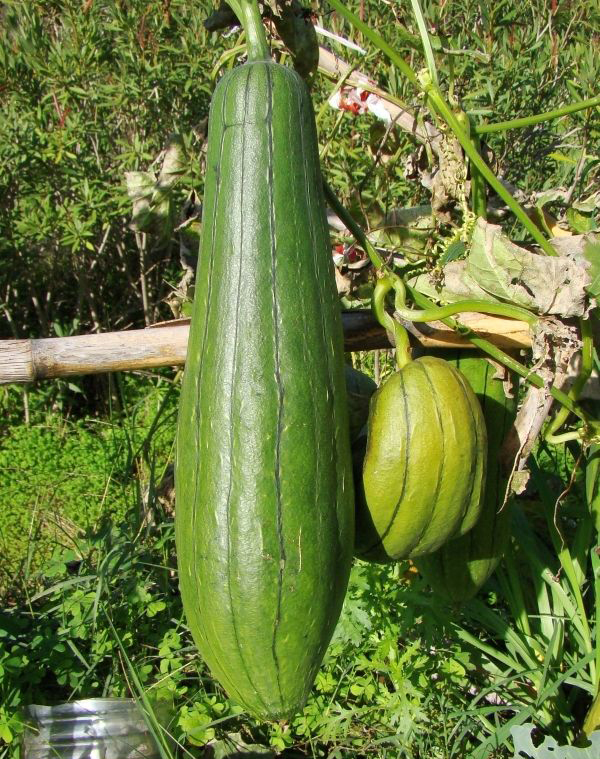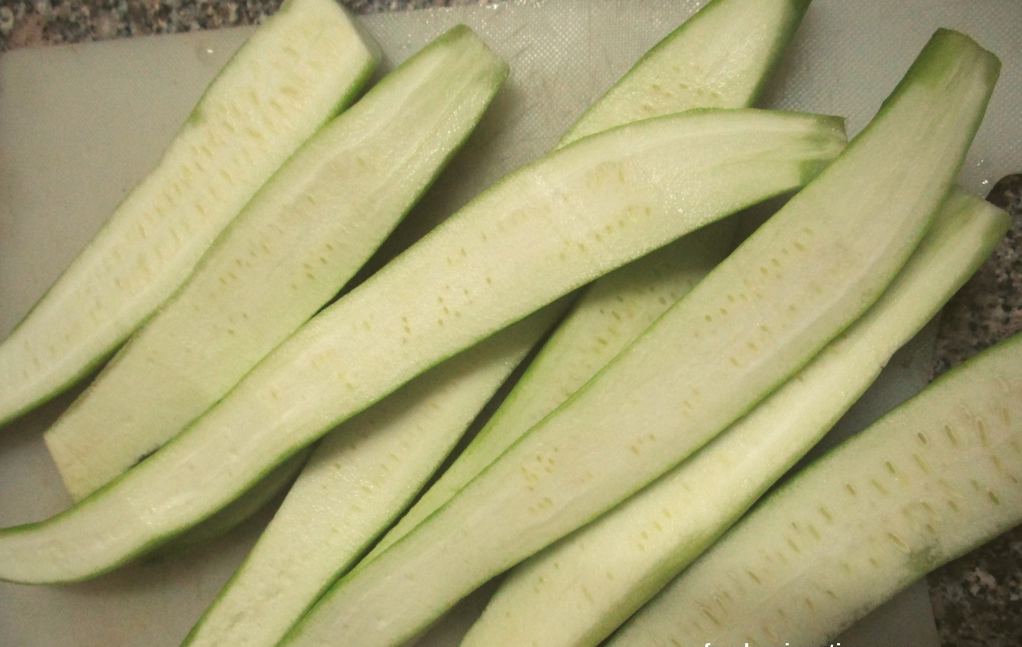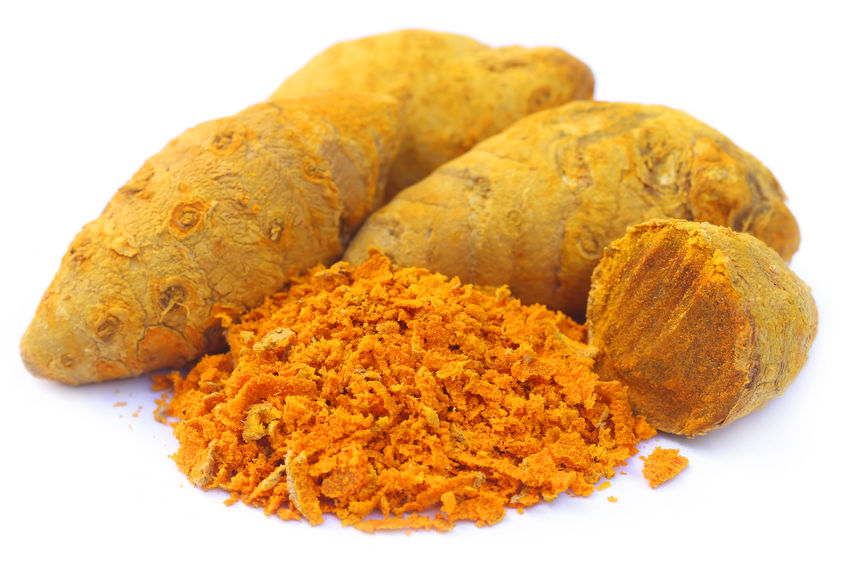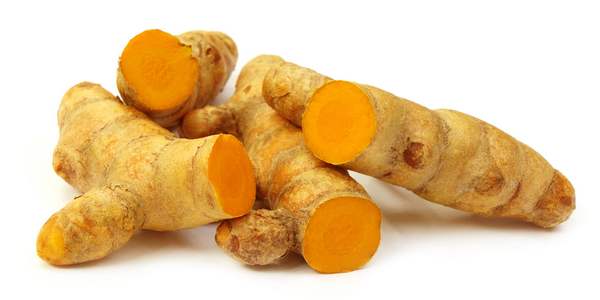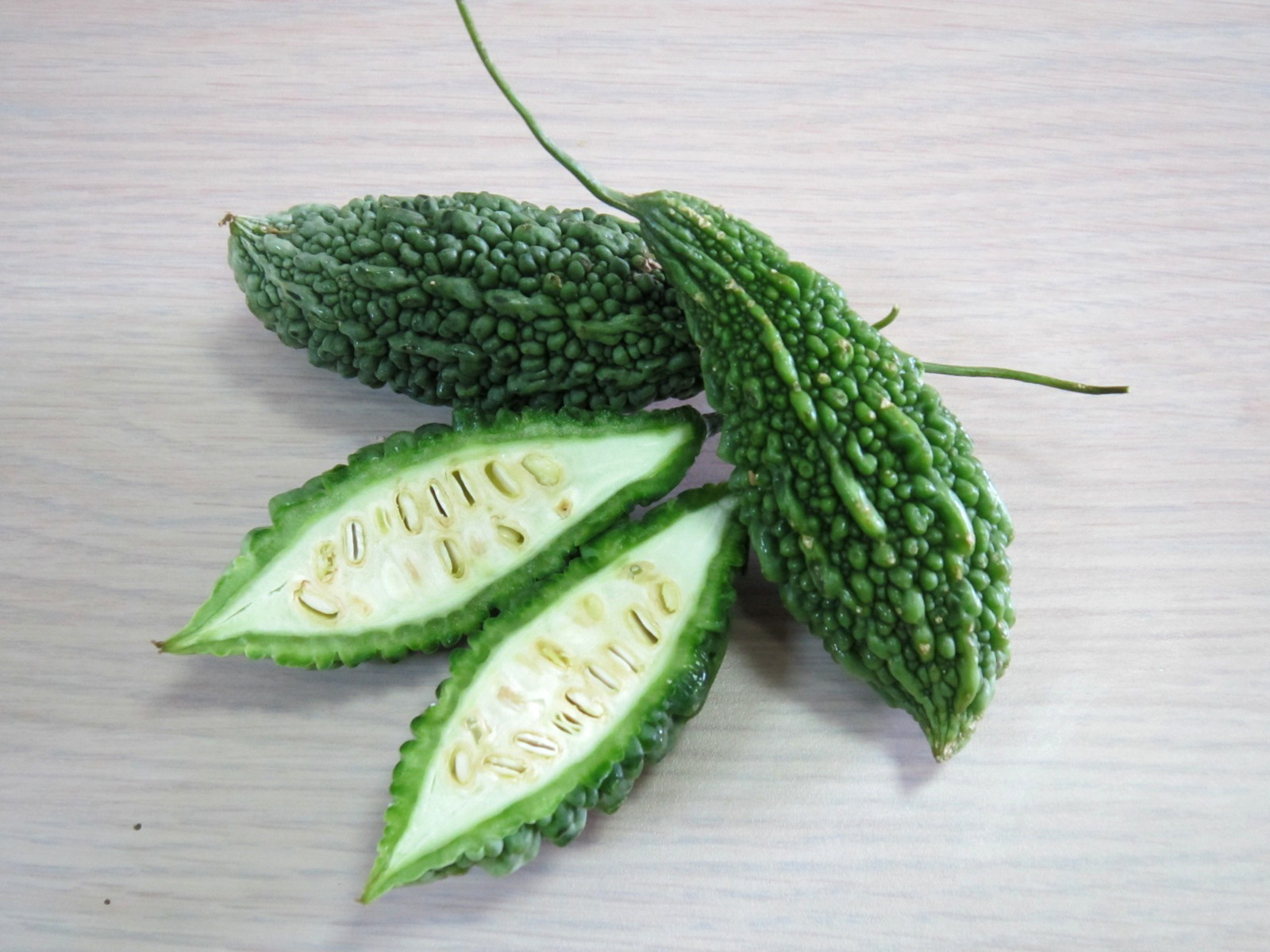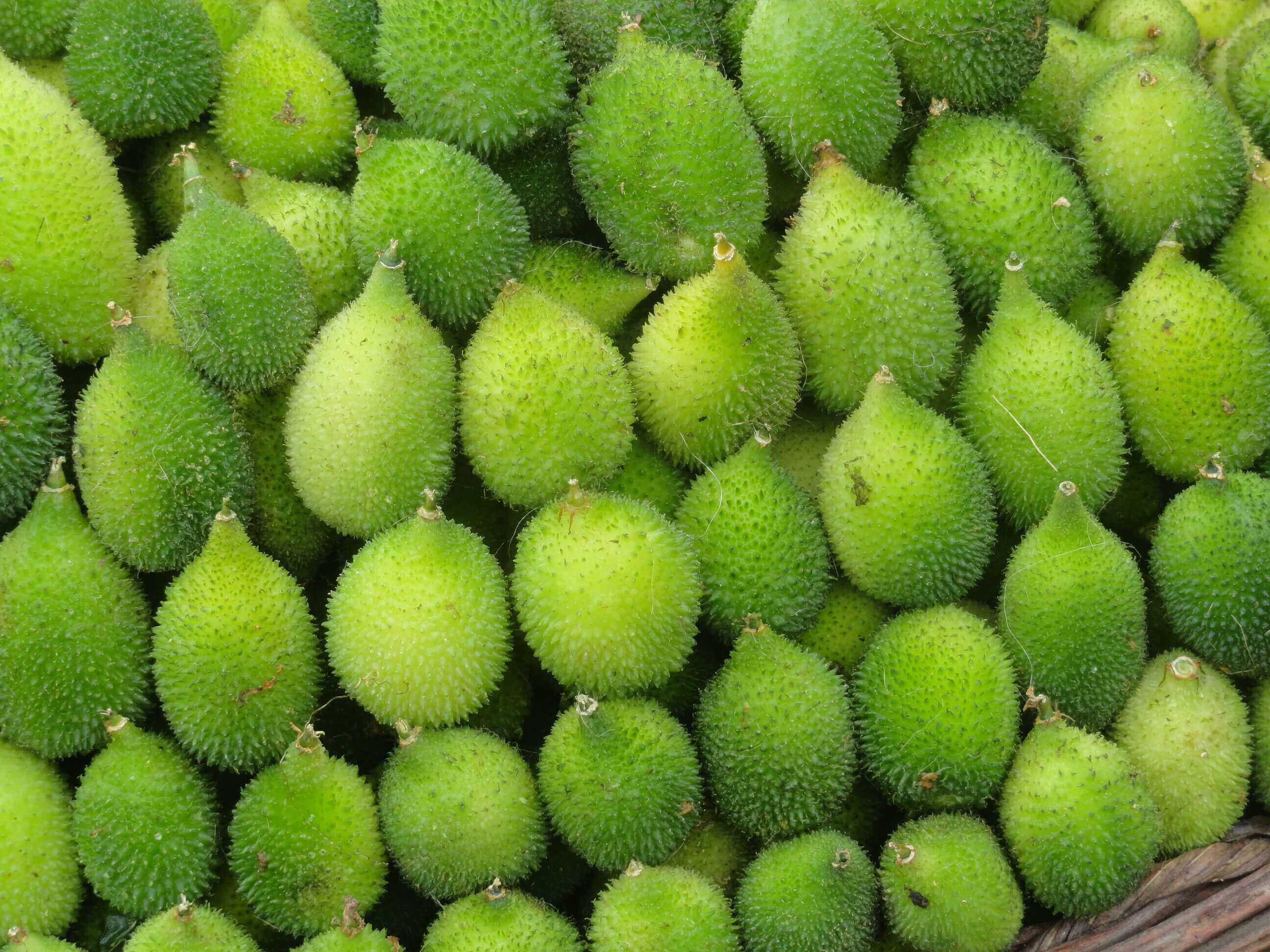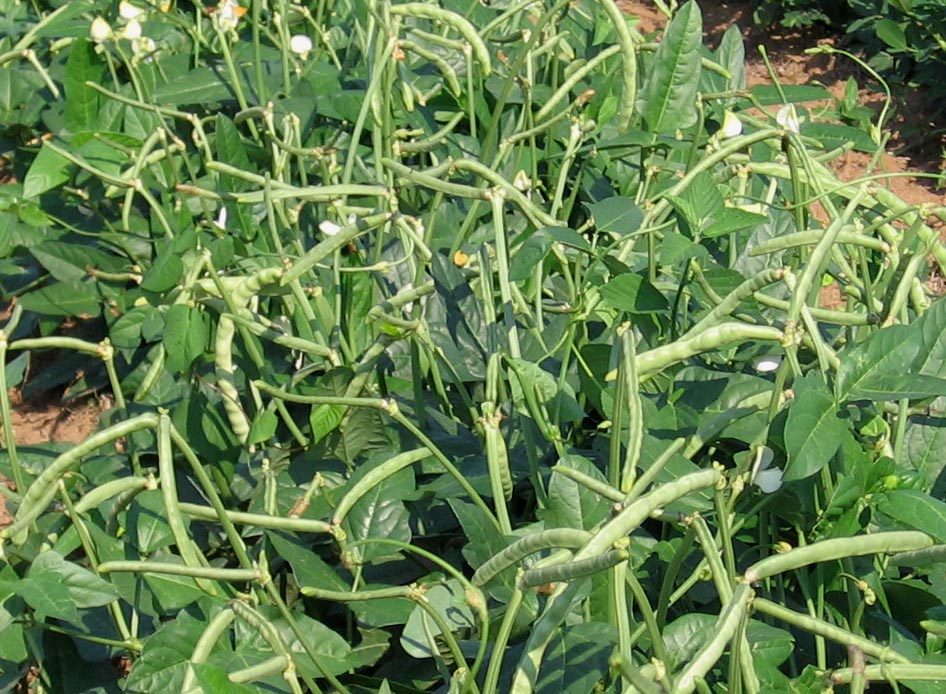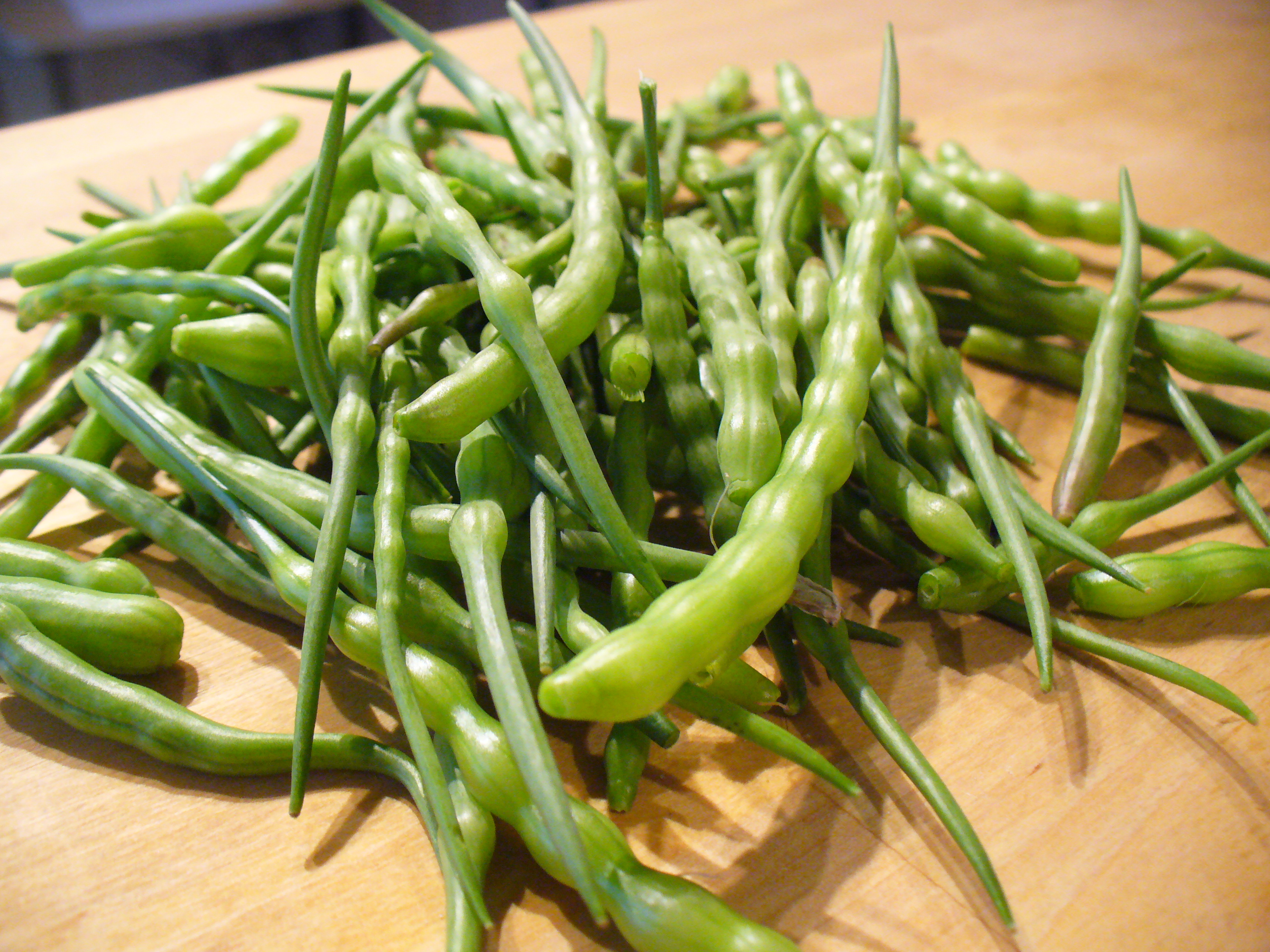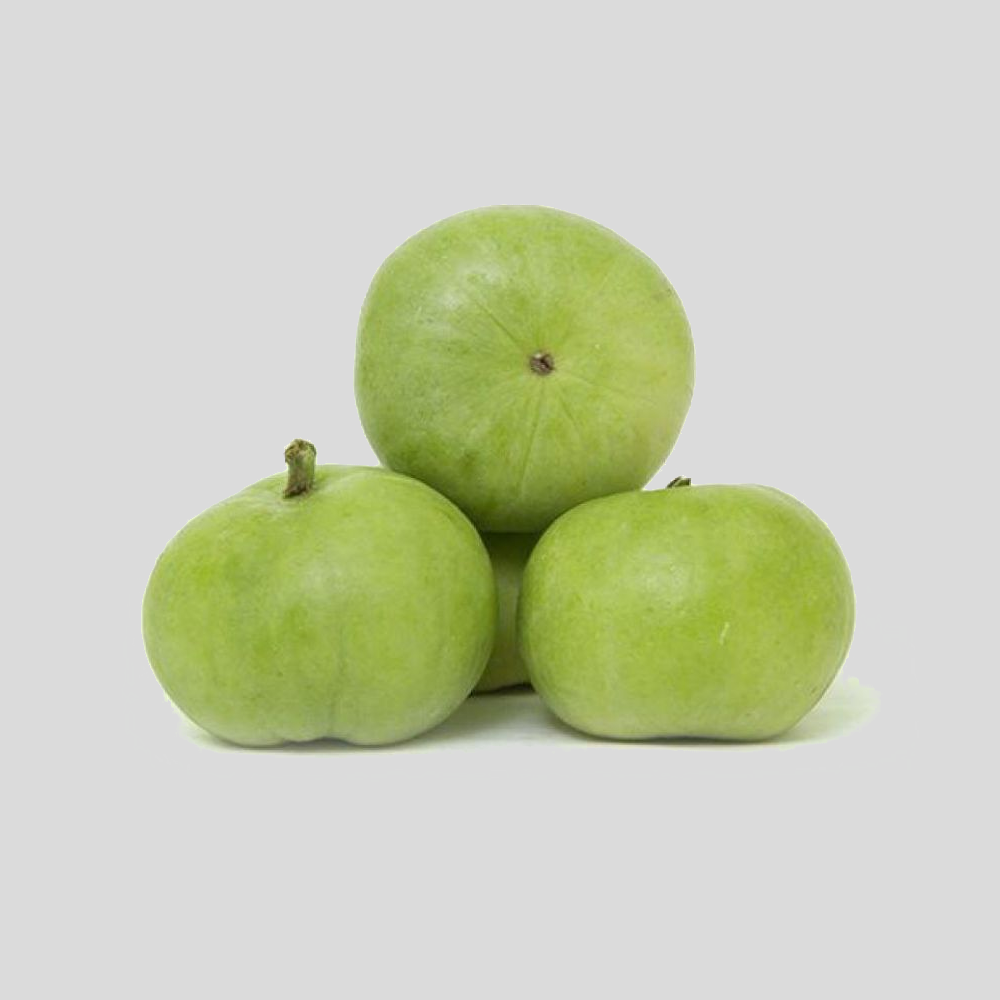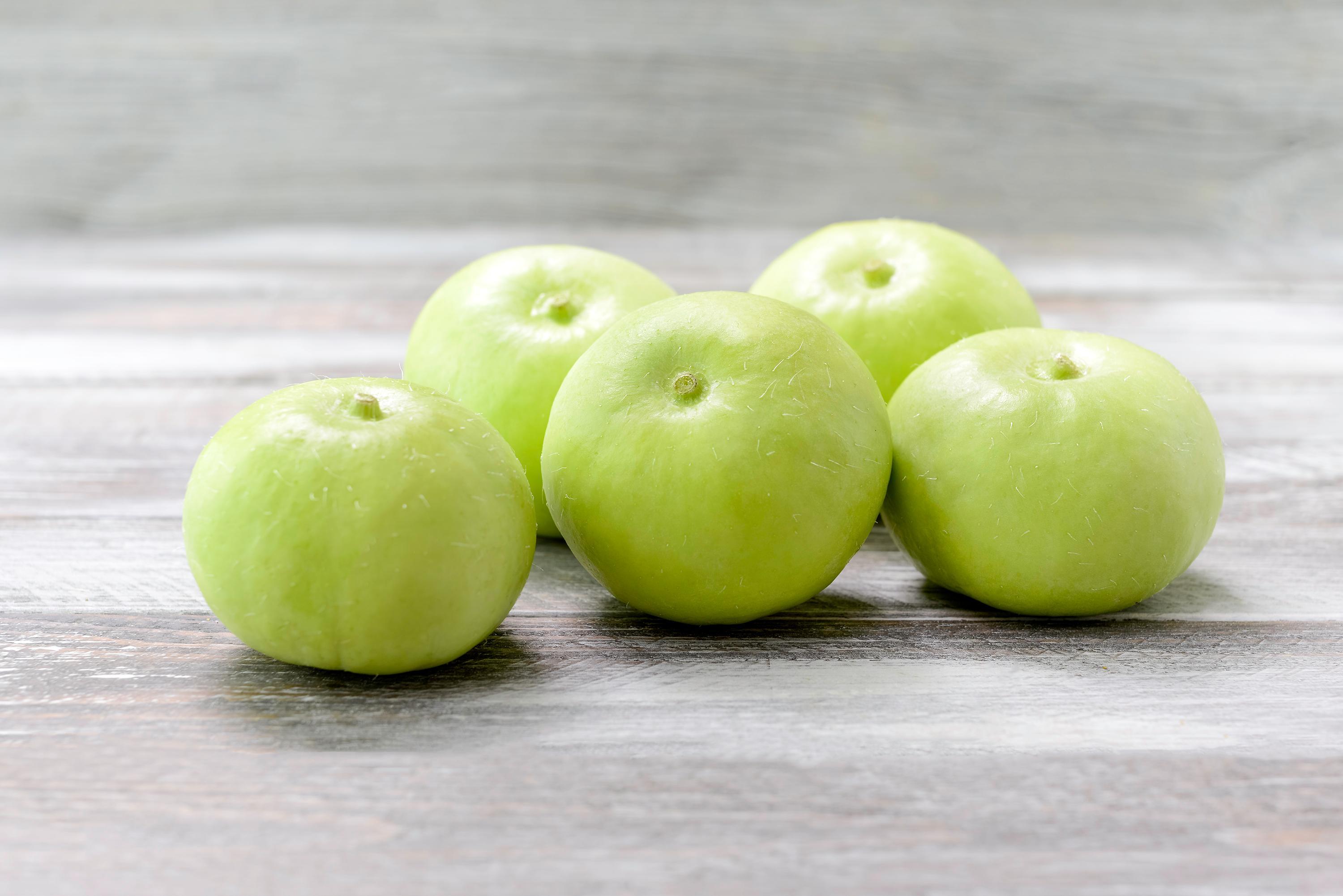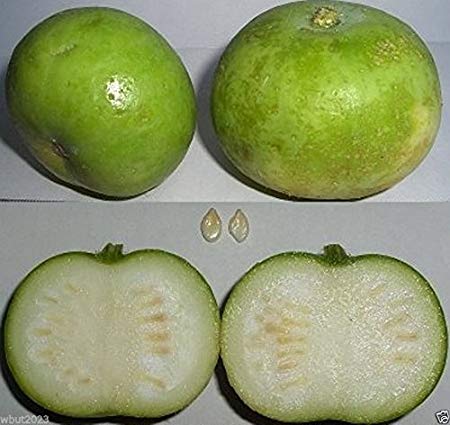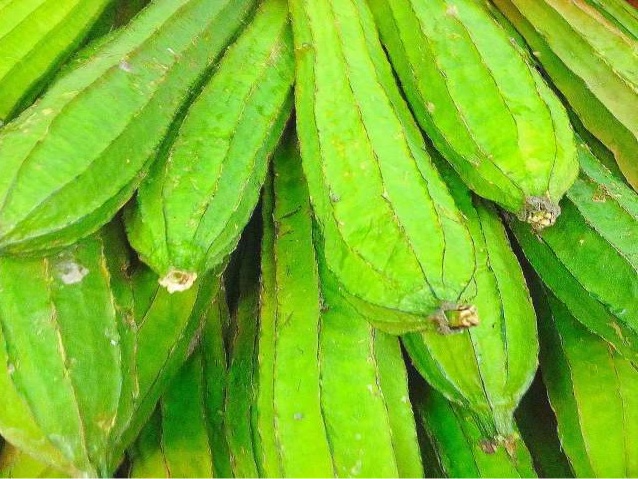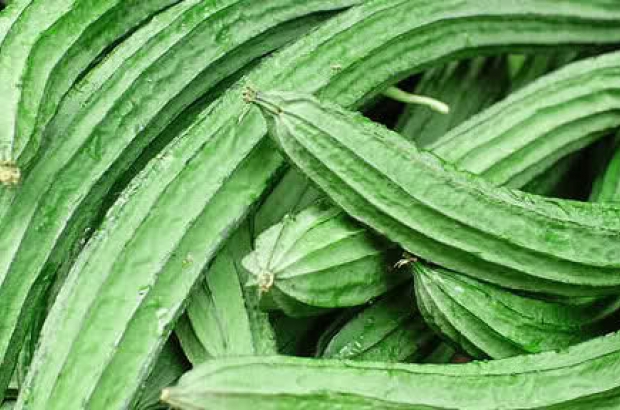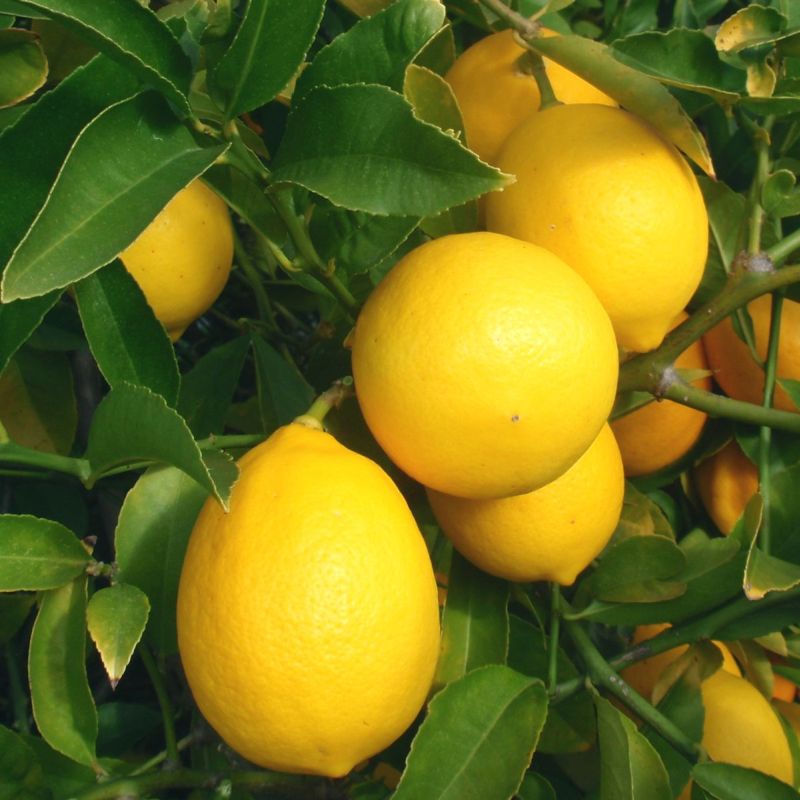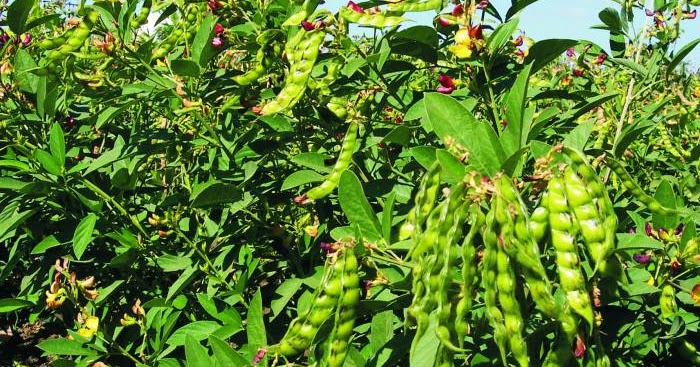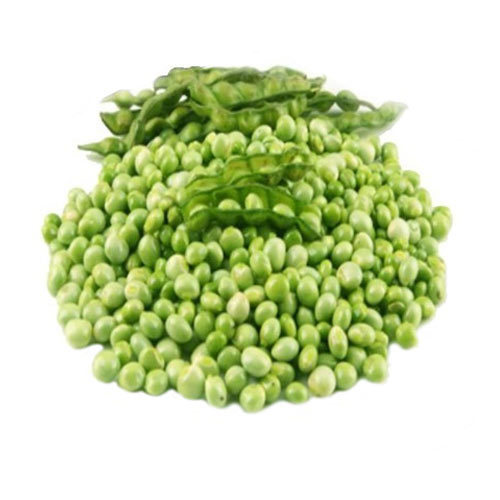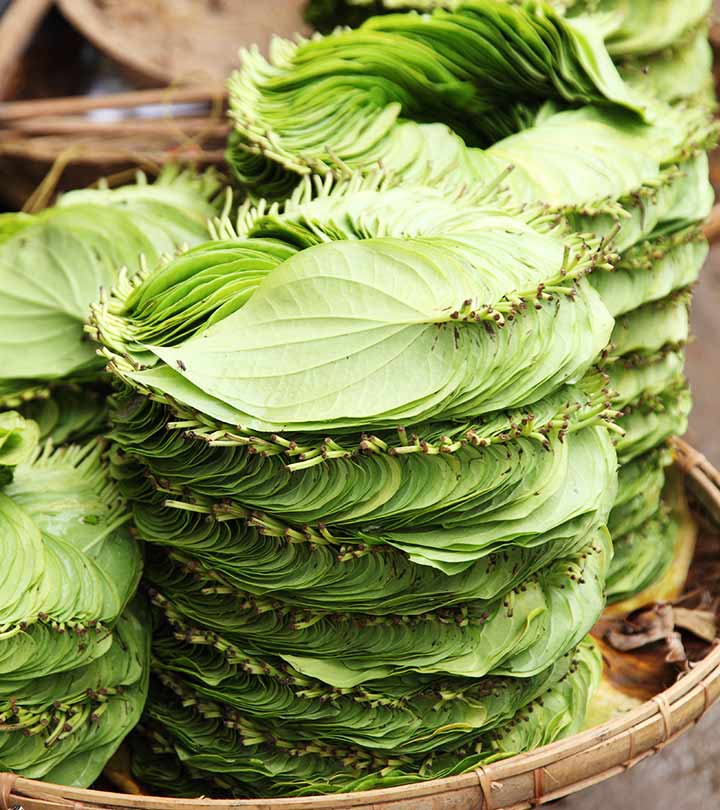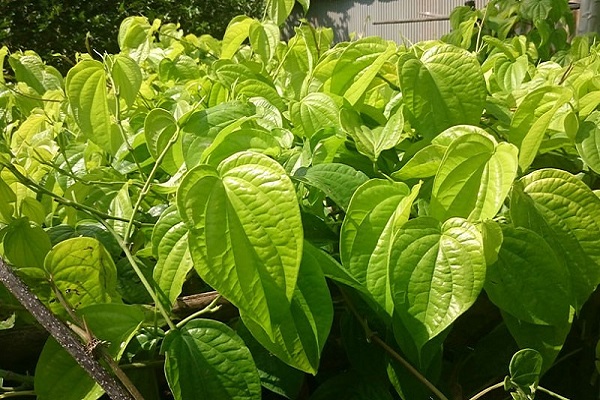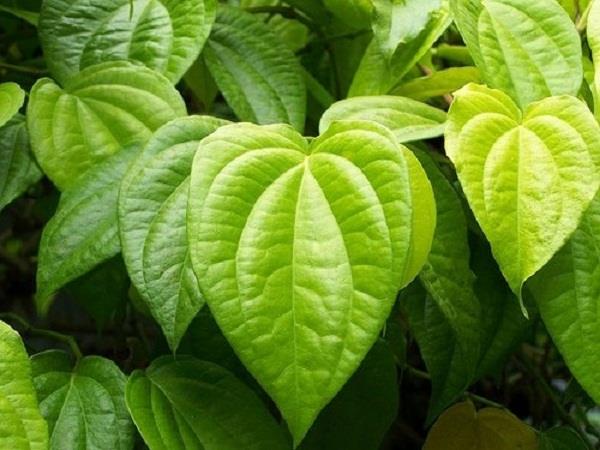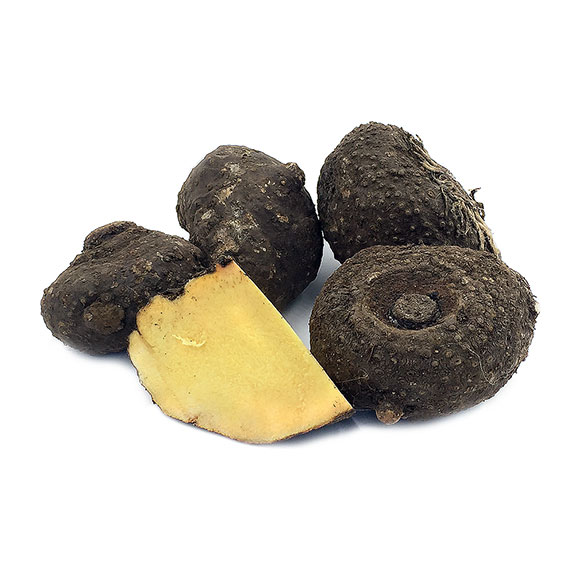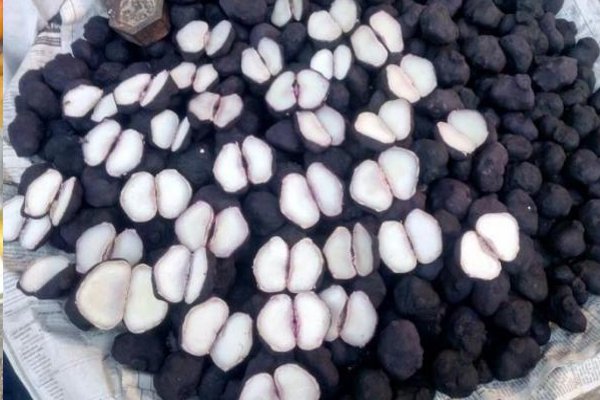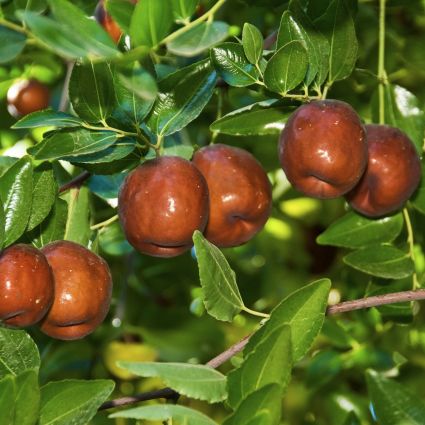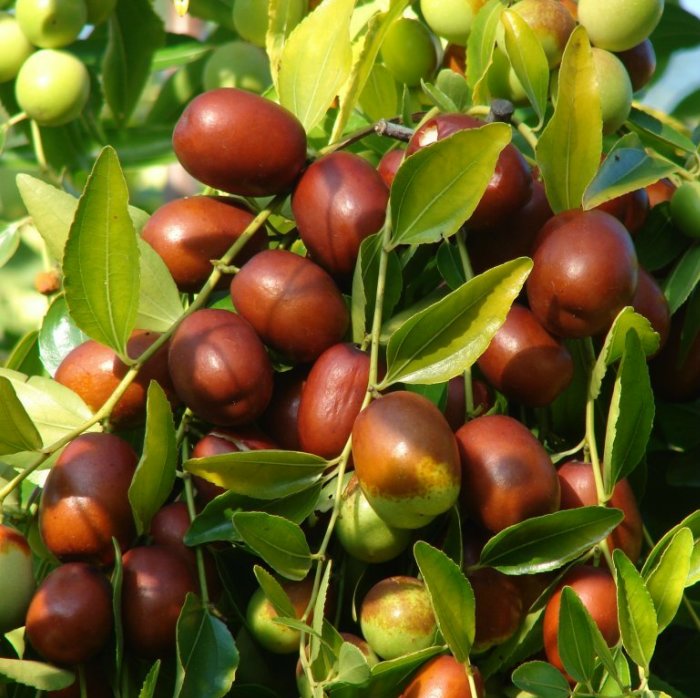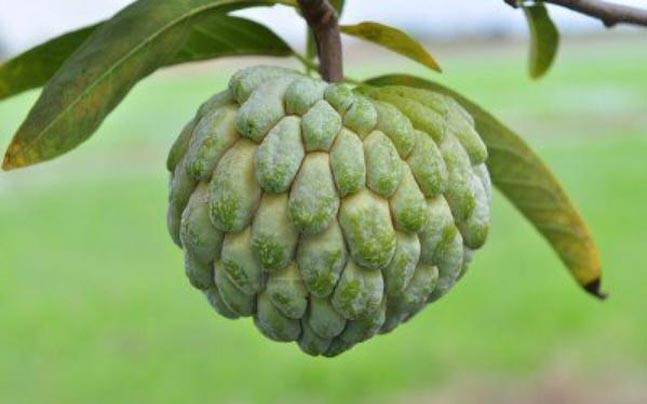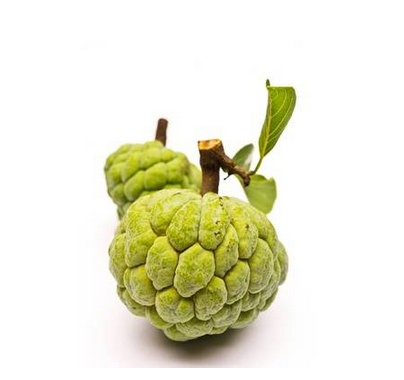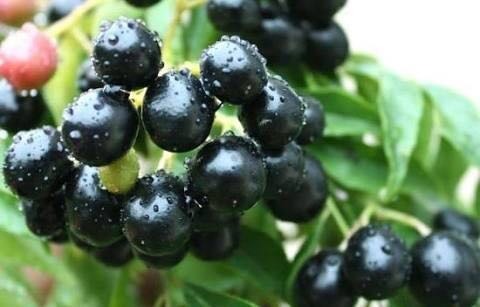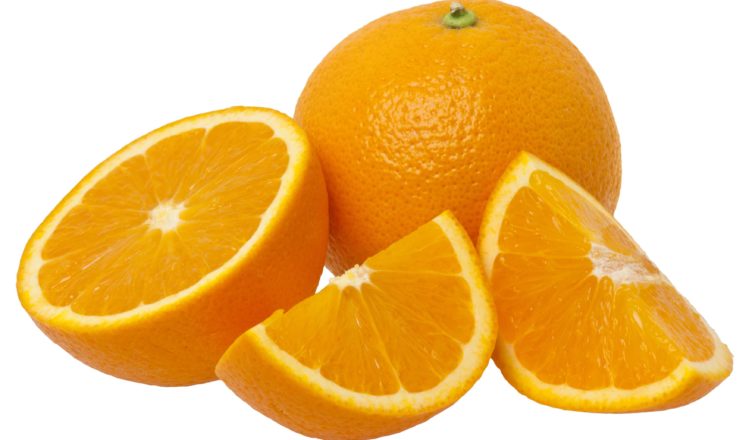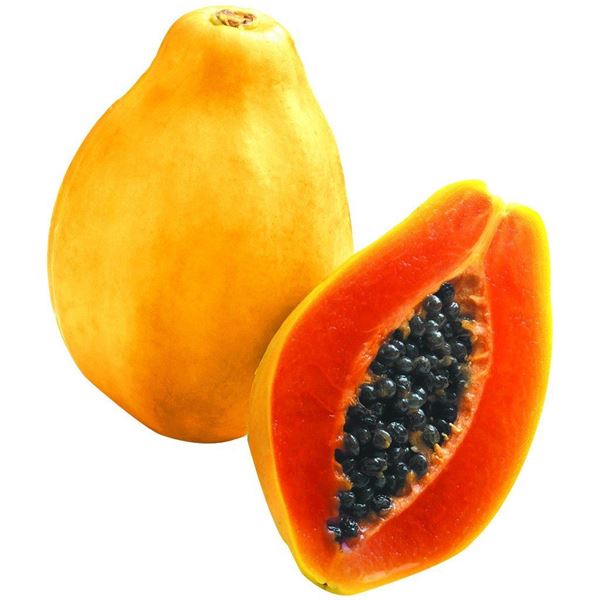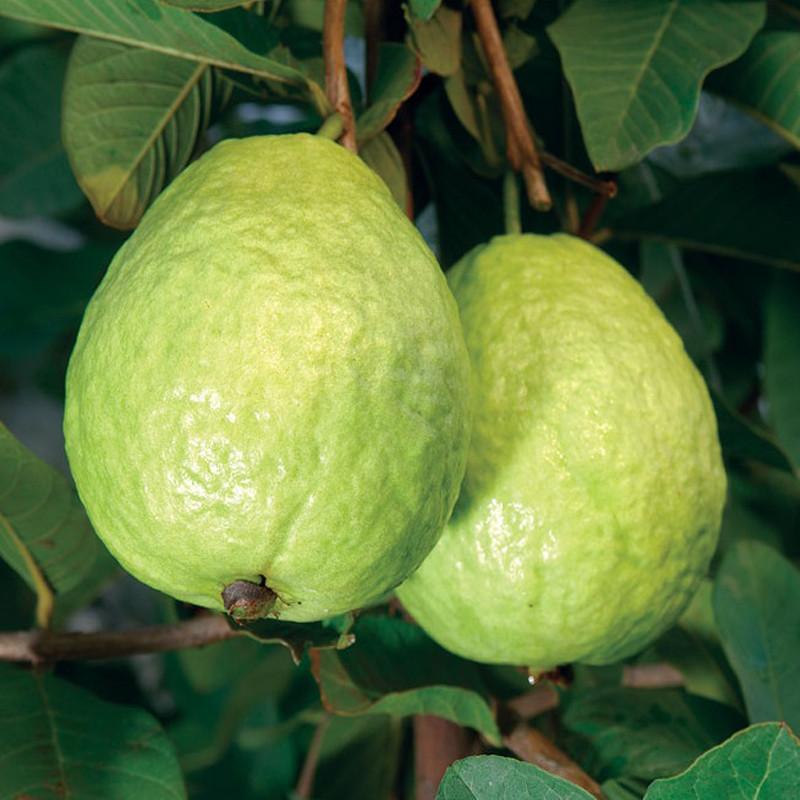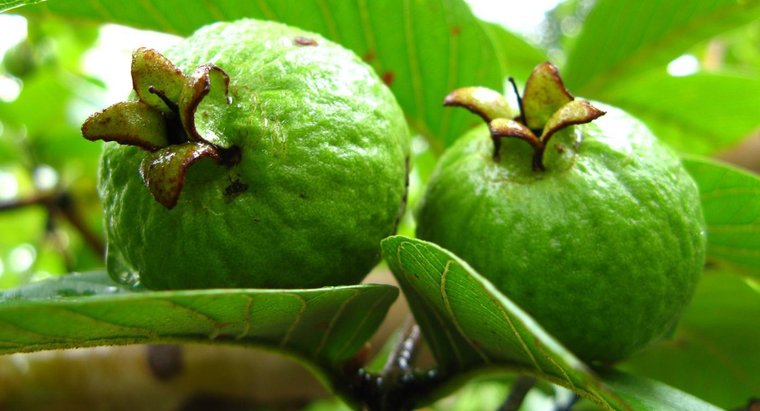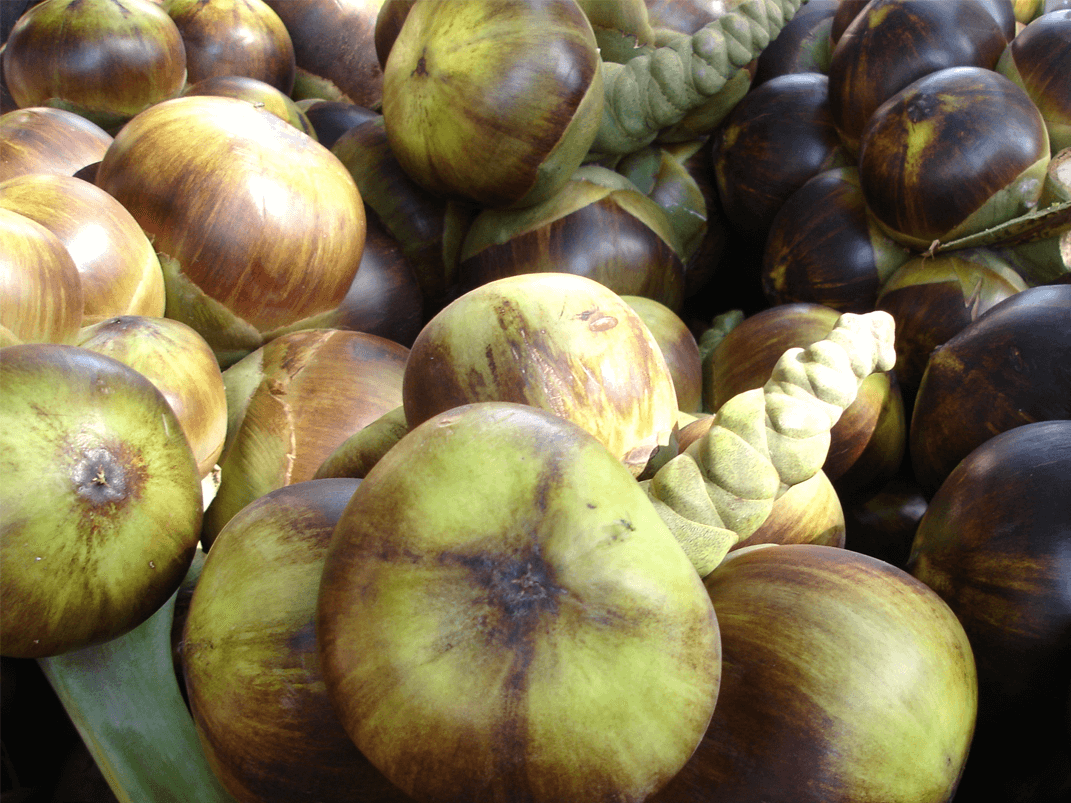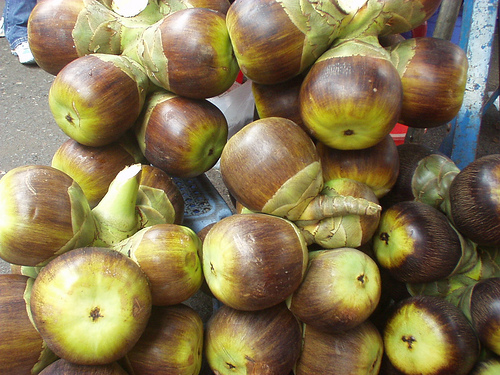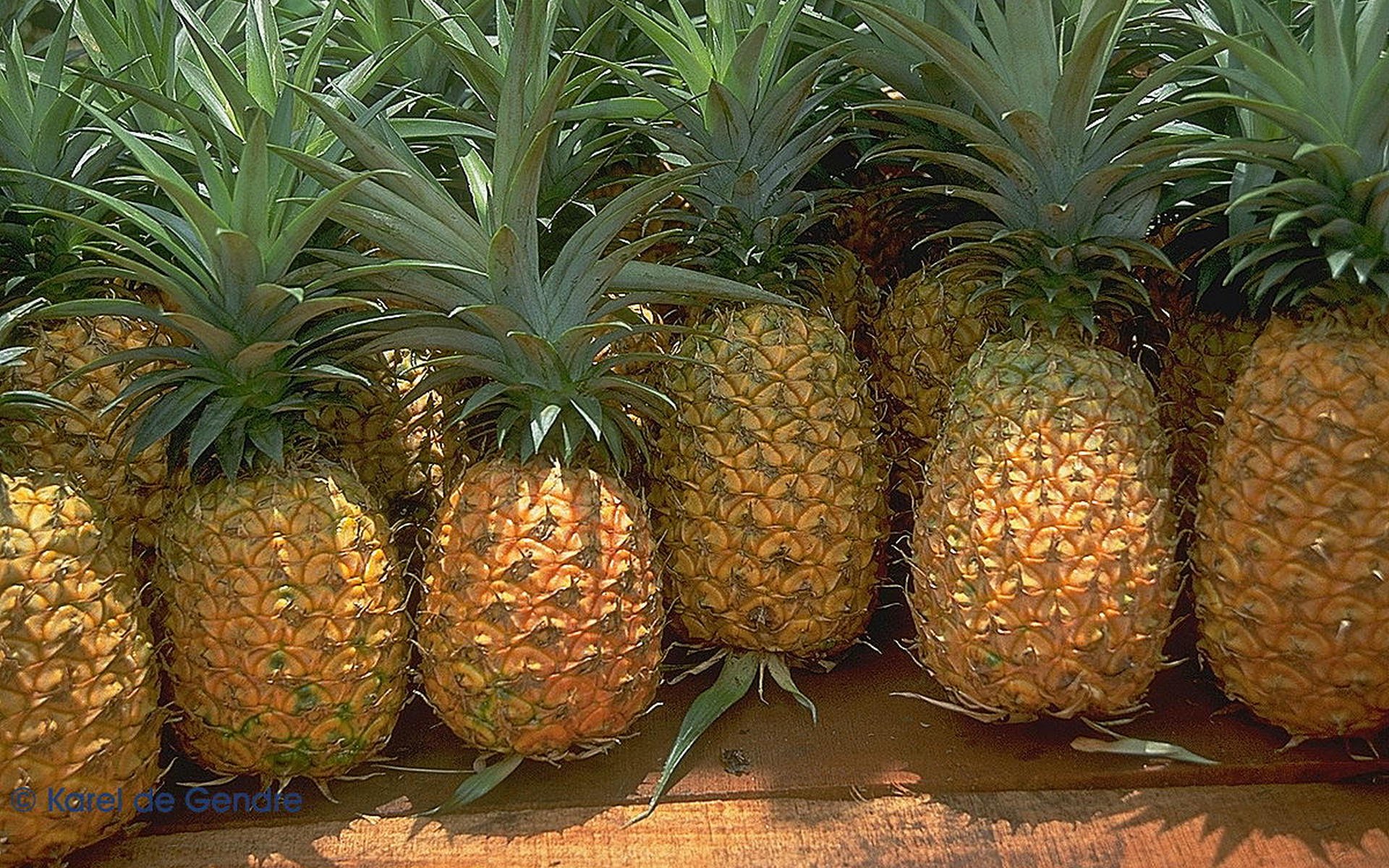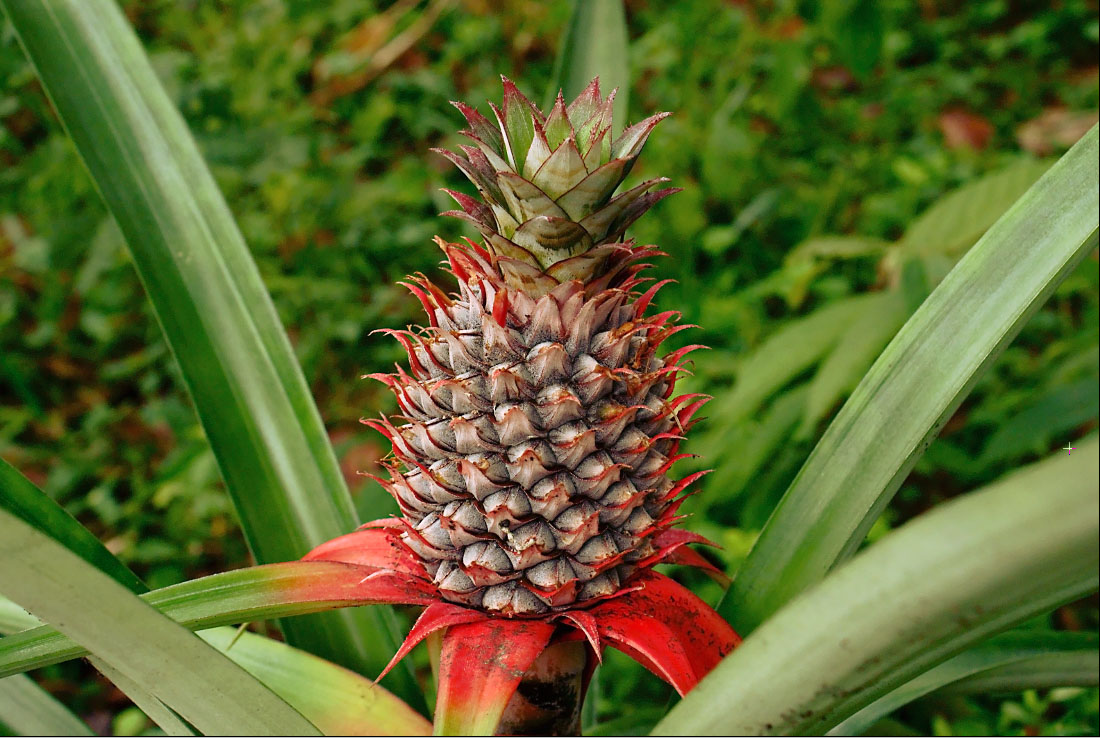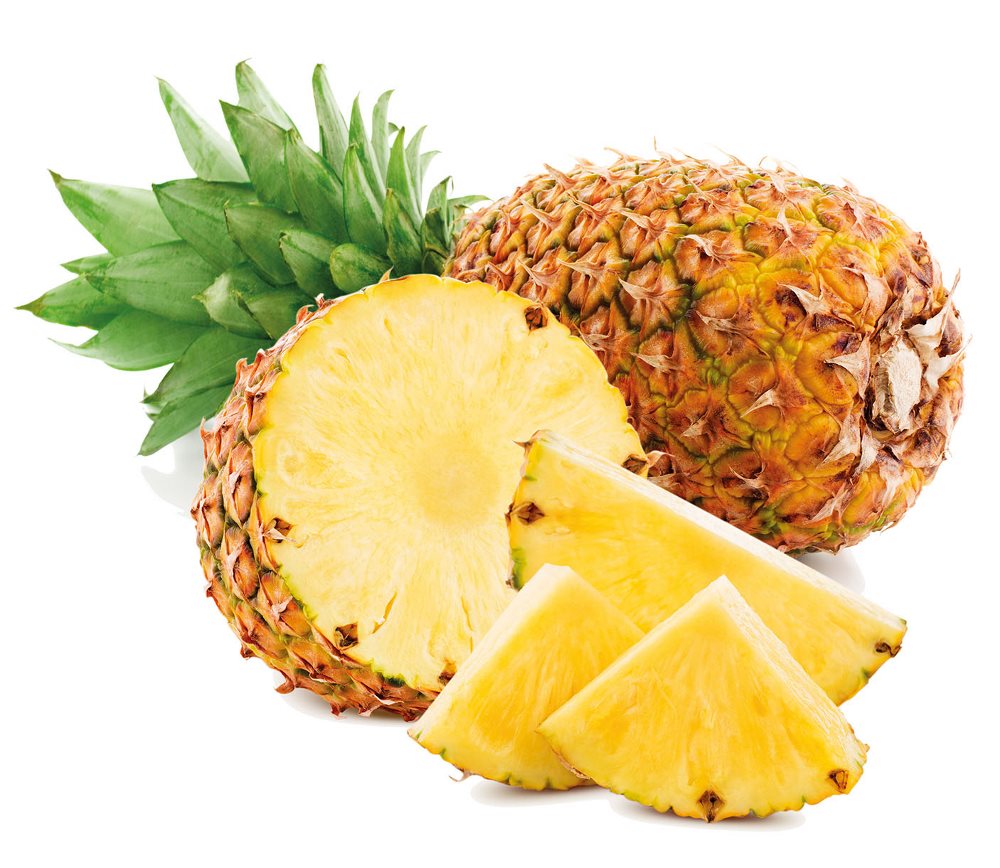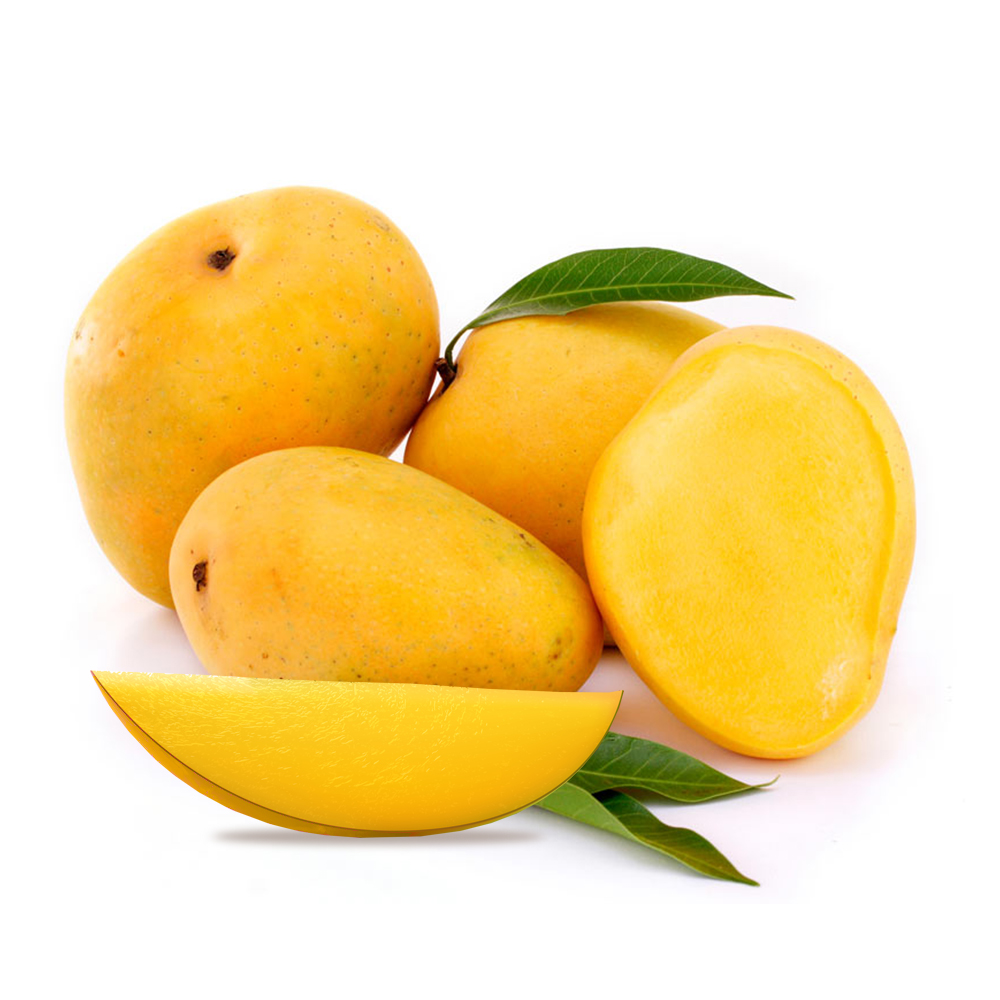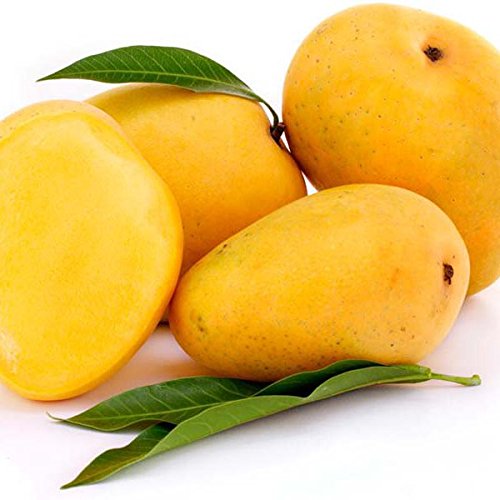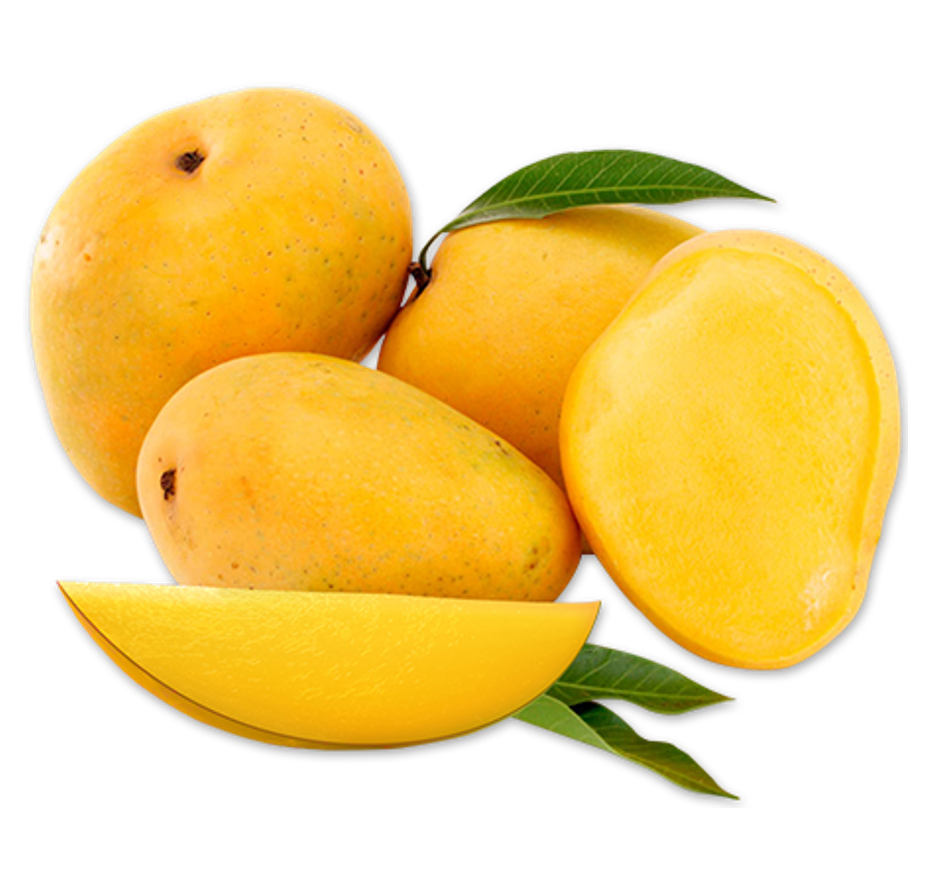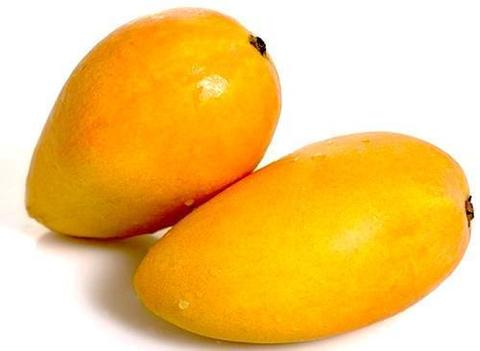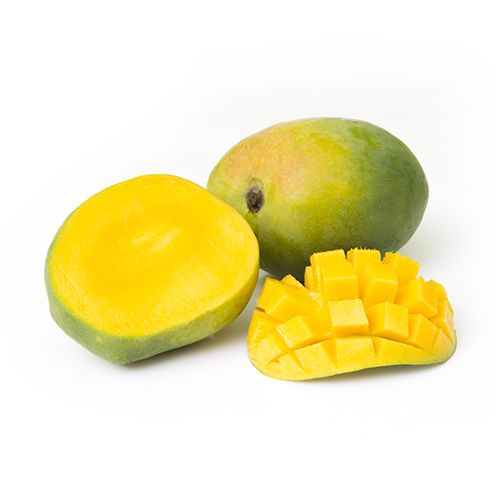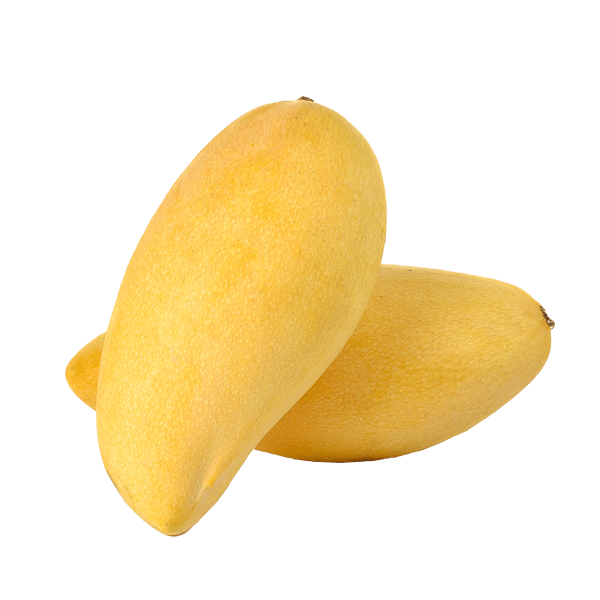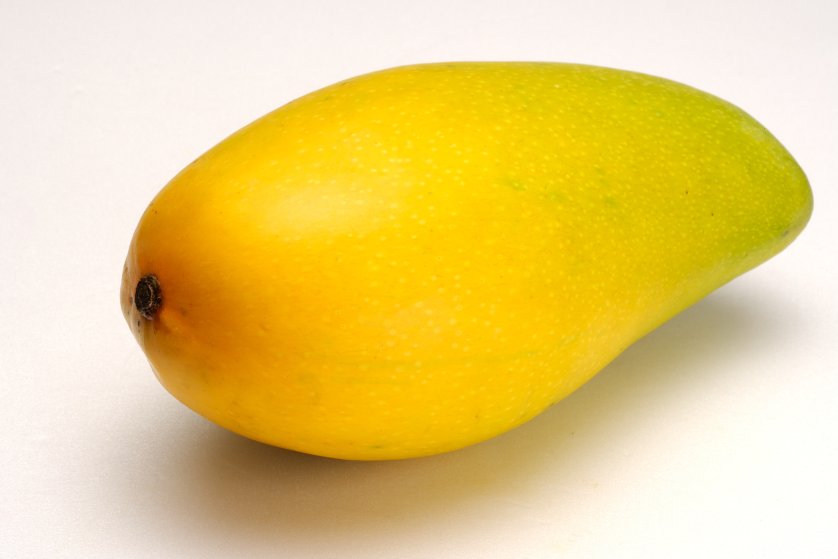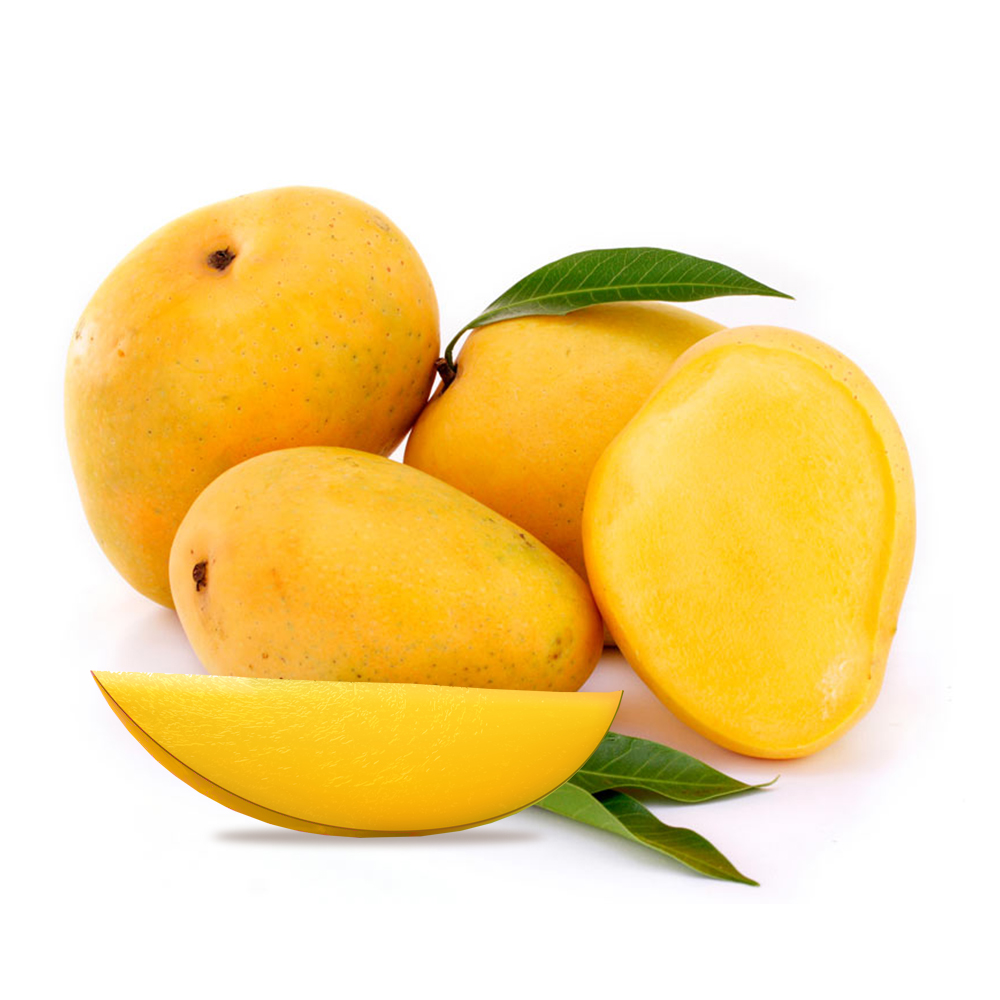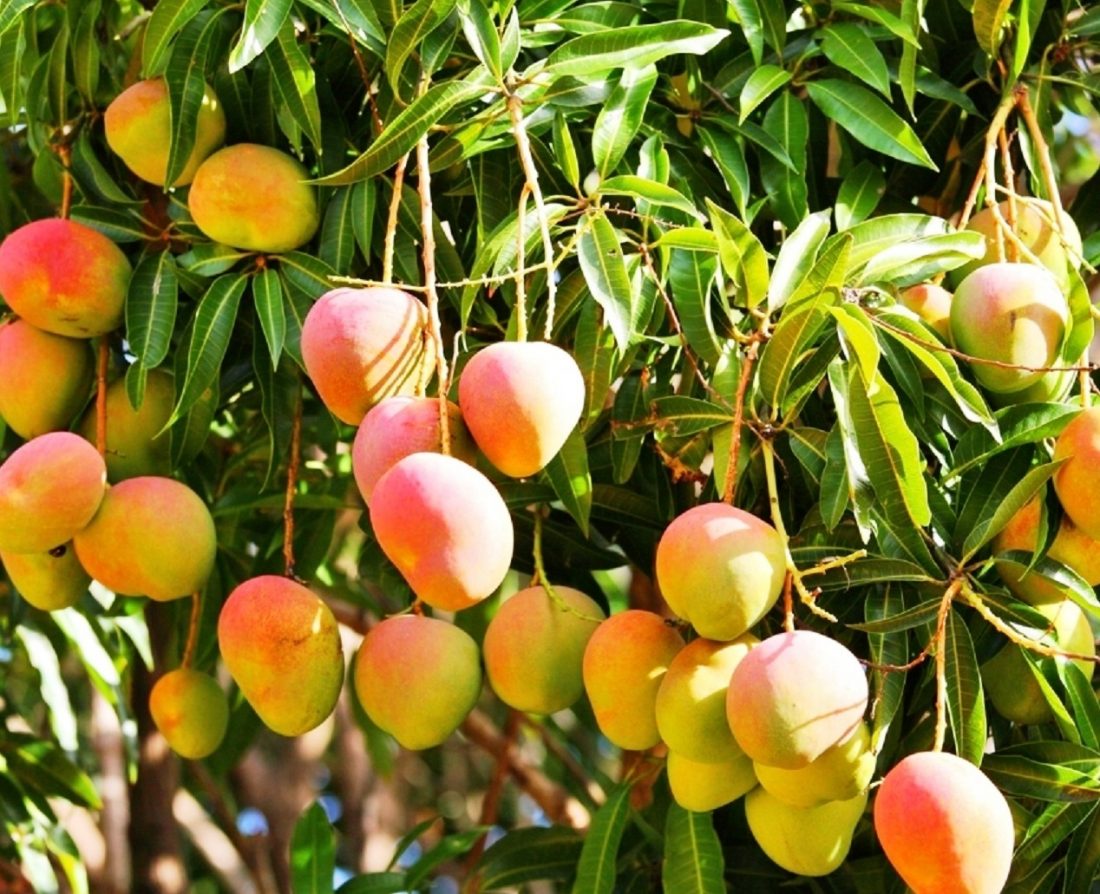Indian Fresh Vegetables and Fruits
Fruits
Vegetables
Fresh Whole Pomegranate
BOTANICAL NAME : PUNICA GRANATUM
Royalworld OÜ is one of the leading and trusted importers and exporters of Estonia & across European Countries. While selecting the farmers to procure Red Pomegranate from, we see to it that they have been produced in appropriate weather conditions using organic farming methods only. Our supplied Pomegranate are carefully picked from productive farm areas to ensure its purity and naturalness, which further helps in maintaining good health. We also check the fruit on different parameters, such as, soft seeded, sugar content, Ganesh variety and the weight.
BENEFITS OF EATING POMEGRANATE
- Keep Young : High cancer prevention agents are accepted to help live longer by moderating maturing process
- Reduce disease risks : Modern research and customary learning have esteemed pomegranates exceedingly in its restorative capacities for cardiovascular infections and malignancies
- Prevent Anaemia : Ample measure of iron helps control shortfall of red platelets
- Regenerate Cartilage : Pomegranate helps osteoarthritis patients by restraining catalysts in charge of harming the ligament
Fresh Arial Pomegranate
BOTANICAL NAME : PUNICA GRANATUM
POMEGRANATES ARE AVAILABLE IN 4 SIZE
Small : 150 gms to 200gms
Medium: 200gms to 250 gms
Large: 250gms to 300 gms
Extra large: 300gms & above .
Botanically, it is a small size fruit-bearing, deciduous tree belonging to the Lythraceae family, of genus: Punica. The tree is thought to have originated in the Persia and Sub-Himalayan foothills of Northern India and Maharashtra.
SPECIFICATIONS OF ARIAL POMEGRANATE
- Cultivation : Only natural
- Blanched : No
- Tanin : Below 3%
- Texture : Firm
- pH : 5
- Tray Labeling : Complete traceability date, time, batch code printed on packaging trays.
- Color : Uniform red to dark red varying per season.
- Shelf life : 14 days from date of packaging
BENEFITS OF EATING POMEGRANATE
- Prevents Heart Diseases
- Improves Good
- Cholesterol Levels
- Blood Pressure
- Prevents Dental Plaque
- Moisturizes Skin
Fresh Alphonso Mango
BOTANICAL NAME : Mangifera indica
The Alphonso is an occasional organic product, accessible mid-April through the finish of June. The natural products for the most part weigh somewhere in the range of 150 and 300 grams (5.3 and 10.6 oz). They have a rich, velvety, delicate surface and sensitive, non-sinewy, succulent mash. The skin of a completely ready Alphonso mango turns brilliant yellow with a tinge of red which spreads over the highest point of the natural product. The substance of the organic product is saffron-hued.
These qualities make Alphonso a standout amongst the most sought after cultivars. The skin of a completely ready Alphonso mango turns splendid brilliant yellow with a tinge of red which spreads over the highest point of the natural product.
The natural product was then acquainted with the Konkan region in Maharashtra and Goa.
We deliver packing in one box of 6 pieces, 9 pieces and 12 pieces of mangoes. The total net weight of box is from 2.5kg to 4kg.
BENEFITS OF EATING ALPHONSO MANGOES
- Prevents Cancer
- Lowers Cholesterol
- Clears the Skin
- Improves Eye Health
- Alkalizes the Whole Body
Fresh Kesar Mango
BOTANICAL NAME : Mangifera indica
Kesar is India’s second mango assortment as far as fares. As far as flavor, it is second just to Alphonse, which many portray as the best on earth! Kesar is a little to medium natural product with a roundish shape and an unmistakable bended tip. It has a generally unexciting in appearance, having skin that is a dull, somewhat mottled yellow shading, maybe with a green tinge when less develop. Inside it is an alternate issue: a profound yellow-orange tissue, smooth and fragrant with exceptional sweetness – you won’t be frustrated when they are in pinnacle condition. There can be a slight corrosive edge to the flavor is less develop organic product, yet numerous individuals will appreciate this multifaceted nature.
Readiness and Quality: Kesar are prepared to eat when the natural product is delicate with a general delicateness getting through the thin peel. Maintain a strategic distance from organic product with too much delicate fixes, or wounded or compacted territories. A touch of wrinkling of the skin is of no worry, and frequently implies the natural product is at pinnacle eating quality.
We deliver packing in one box of 6 pieces, 9 pieces and 12 pieces of mangoes. The total net weight of box is from 2.5kg to 4kg.
BENEFITS OF EATING KESAR MANGOES
- It contains vitamin A which in turn promotes better eyesight and bone development, making it a must-have for children and the elderly.
- Vitamin C in Kesar boosts general immunity of the body.
- As a rich source of potassium, it helps to keep blood pressure under check.
Dried Mushroom
BOTANICAL NAME : Agaricus bisporus
Morchella, the true morels, is a genus of edible sac fungi closely related to anatomically simpler cup fungi in the order Pezizales (divisionAscomycota). These distinctive fungi have a honeycomb appearance due to the network of ridges with pits composing their cap. Morels are prized by gourmet cooks, particularly in French cuisine. Due to difficulties in cultivation, commercial harvesting of wild morels has become a multimillion-dollar industry in the temperate Northern Hemisphere, in particular North America, Turkey, China, the Himalayas, India, and Pakistan, where these highly prized fungi are found in abundance.
Indian fresh morels mushroom are found east and north part of India. We can give the following packing,
50gms
100gms
250 gms
500gms
1 kilogram.
Fresh Grapes
BOTANICAL NAME : VITIS VINIFERIA
A grape is a fruiting berry of the deciduous woody vines of the plant class Vitis. Grapes can be eaten crisp as table grapes or they can be utilized for making wine, stick, juice, jam, grape seed extricate, raisins, vinegar, and grape seed oil. Grapes are a non-climacteric sort of organic product, by and large happening in bunches. Grape juice is gotten from pounding and mixing grapes into a fluid. The juice is frequently sold in stores or aged and made into wine, schnaps, or vinegar. Grape squeeze that has been purified, expelling any normally happening yeast, won’t mature whenever kept sterile and accordingly contains no liquor. Grape juice is acquired from squashing and mixing grapes into a fluid. In the wine business, grape squeeze that contains 7– 23% of mash, skins, stems and seeds is regularly alluded to as “must”.
Nasik & Sangli are the largest grapes producing area in India, its perfect environment/weather conditions promote to grow grapes. We export wide range & varities & good quality of Indian grapes in different colours, taste & sized packaging matching the changing global demands.
BENEFITS OF EATING GRAPES
- Provide Protection Against Sunburns
- Reverse Aging
- Make Skin Supple
- Combat Uneven Skin Tone
- Help Lighten Scars
Fresh Okra
BOTANICAL NAME : Abelmoschus esculentus
It is widely used in southern American states, the West Indies, India, Asia and South America and is an important part of Cajun cooking styles. It is probably best known as the key ingredient of gumbo – a stew of okra, tomatoes, chilli and chicken or seafood.
Good okra must be fresh and small, preferably less than 6-8 cm in length. Large okra tends to be tough and stringy. Okra is imported; a limited supply is available all year.
There are many varieties of okra; the most commonly found are green and white. Green okra is shorter and slightly stubby when compared with white okra, which is actually a light green colour. White okra is longer and more slender than green okra; it also has quite pronounced ridges.
Okra is a good source of vitamins C and K and a source of niacin and magnesium. Phytonutrients, phenolics, carotenoids and flavonoids are found in okra.
BENEFITS OF EATING OKRA
- It improves heart health condition
- It kills breast cancer cells
- Okra helps to prevent liver disease
- Okra helps improve eyesight
- Okra is a rich source of calcium
Fresh Chillies
BOTANICAL NAME : Capsicum annuum
Mirch is the Hindi word for chili. Chilis were brought from South America to India by the Portuguese through their trading colony of Goa. India is now the largest producer and exporter of chilis in the world, growing a wide variety of different types, particularly in the south. The majority are left to ripen to red, and then sun dried.
Indian chilis can be difficult to identify. Some sites say people in India only pay attention to “mild”, “medium” and “hot”, not named varieties. This is not precisely true – they know the mild, medium and hot chilis provided by their local merchants. These can be very specific types, but the merchants can be very inexact about names and origin.
This no longer works well. Indian communities are now scattered all over the world, and transportation of goods is fast and easy. Very accurate information should be made available as to exactly what kind of chili it is and exactly where it is from. This is not yet the case.
Since few identifiable varieties of Indian whole chilis are available in North America, even here Los Angeles.
BENEFITS OF EATING CHILLI
- Rich in antioxidants
- Anti-inflammatory
- Soothing effect on the Respiratory System
- Anti-Bacterial properties
- Boosts the Immunity
- Digestive Health
- Calcium Rich
- Improves Vision
- Aids in Weight Loss
- Helps Keeping the Skin Radiant and Young
- Improves Mood
- Makes the hair healthy
Fresh Dudhi
BOTANICAL NAME : Lagenaria siceraria
Bottle gourd, also called white-flowered gourd or calabash gourd, running or climbing vine of the gourd family (Cucurbitaceae), native to tropical Africa but cultivated in warm climates around the world for its ornamental and useful hard-shelled fruits. The young fruits are edible and are usually cooked as a vegetable. The mature gourds are made into water bottles, dippers, spoons, pipes, and many other utensils and containers; they can also be fashioned into birdhouses, fancy ornaments, lamps, and musical instruments. Additionally, the vine’s showy white flowers and dense foliage make it a popular screen and ornamental plant.
Bottle gourd vines are quick-growing annuals with hairy stems, long forked tendrils, and a musky odour. Many forms of the bottle gourd have been cultivated for specific purposes, and the sizes of the vines, leaves, and flowers, as well as the sizes and shapes of the fruits, vary greatly. The forms are named for the shape of the fruit—e.g., club, dipper, dolphin, kettle, and trough. The fruits of some cultivated varieties may be more than 1 metre (about 3 feet) long. The plants may be grown easily from seed but require a long hot growing season to mature.
BENEFITS OF EATING DUDHI
- Promotes Weight Loss
- Helps Digestion And Treats Constipation
- Provides Cooling Effect
- Treats Urinary Problems
- Treats Sleeping Disorders
- Replenishes Loss Of Water Content
- Keeps The Heart Healthy
- Reduces Inflammation Of Liver
Fresh Gawar
BOTANICAL NAME : Cyamopsis tetragonoloba
BENEFITS OF EATING GAWAR
- Full of nutrients
- Resolve anemia
- Weight management
- Great for diabetics
- Strong bones
- Improves pregnancy
- Beneficial for the fetus
- Discarding of bacteria
- Improves blood circulation
- Improves cardiac health
- Controls blood pressure
- Aids in digestion
Fresh Onion
BOTANICAL NAME : Allium cepa
Onions are endlessly versatile and an essential ingredient in countless recipes. Native to Asia, these underground bulbs are prized all over the world for the depth and flavour that they add to savoury dishes.
Varieties of onion differ in size, strength and colour. The yellow onion is the most commonly known variety; it has pale golden skin, greenish-white flesh and a strong taste. Red onions are an attractive, milder alternative to the yellow onion with their shiny purple skin and red-tinged flesh. Shallots are a sub-species of onion; they are small and boast a delicate flavour integral to French cooking. Spring onions are immature onions pulled before the bulb is fully formed, and can be recognised by their long green leaves. Like red onions, they are fairly mild and often used raw in salads.
Dry and spring onions are available all year-round. As a result, there is usually little need to resort to onion powder (ground dehydrated onion), onion salt (onion powder and salt), onion flakes or onion flavouring cubes, which are of inferior quality to the real thing. Pickled onions are also available.
BENEFITS OF EATING ONION
- Fight Cancer
- Lower Blood Sugar Levels
- Prevent Inflammation And Other Allergies
- Promote Respiratory Health
- Enhance Eye Health
- For Oral Health
- Enhance Brain Health
Fresh Potato
BOTANICAL NAME : Solanum tuberosum
BENEFITS OF EATING POTATO
- Packed With Nutrients
- Contain Antioxidants
- May Improve Blood Sugar Control
- May Improve Digestive Health
- Naturally Gluten-Free
- Incredibly Filling
- Extremely Versatile
Fresh Avla
BOTANICAL NAME : Phyllanthus emblica
The tree is small to medium in size, reaching 1–8 m (3 ft 3 in–26 ft 3 in) in height. The branchlets are not glabrous or finely pubescent, 10–20 cm (3.9–7.9 in) long, usually deciduous; the leaves are simple, subsessile and closely set along branchlets, light green, resembling pinnate leaves. The flowers are greenish-yellow. The fruit is nearly spherical, light greenish-yellow, quite smooth and hard on appearance, with six vertical stripes or furrows.
Ripening in autumn, the berries are harvested by hand after climbing to upper branches bearing the fruits. The taste of Indian emblic is sour, bitter and astringent, and it is quite fibrous. In India, it is common to eat emblic steeped in salt water and red chilli powder to make the sour fruits palatable.
BENEFITS OF EATING AVLA
- Slows Down Ageing.
- Cures A Sore Throat.
- Fights Against Heart Disease.
- Increases Diuretic Activity.
- Increases Metabolic Activity.
- Reduces Blood Sugar.
- High In Digestive Fiber.
- Boosts Immunity.
Fresh Arvi
BOTANICAL NAME : Colocasia esculenta
The tree is small to medium in size, reaching 1–8 m (3 ft 3 in–26 ft 3 in) in height. The branchlets are not glabrous or finely pubescent, 10–20 cm (3.9–7.9 in) long, usually deciduous; the leaves are simple, subsessile and closely set along branchlets, light green, resembling pinnate leaves. The flowers are greenish-yellow. The fruit is nearly spherical, light greenish-yellow, quite smooth and hard on appearance, with six vertical stripes or furrows.
Ripening in autumn, the berries are harvested by hand after climbing to upper branches bearing the fruits. The taste of Indian emblic is sour, bitter and astringent, and it is quite fibrous. In India, it is common to eat emblic steeped in salt water and red chilli powder to make the sour fruits palatable.
BENEFITS OF ARVI
- Digestive Health
- Cancer Prevention
- Diabetes Prevention
- Improved Heart Health
- Vision Health
- Skin Care
- Boosts Immune System
- Increased Circulation
Fresh Banana Patta
BOTANICAL NAME : Musa (genus)
Banana leaves have a wide range of applications because they are large, flexible, waterproof and decorative. They are used for cooking, wrapping and food-serving in a wide range of cuisines in tropical and subtropical areas. They are used for decorative and symbolic purposes in numerous Hindu and Buddhist ceremonies. In traditional homebuilding in tropical areas, roofs and fences are made with dry banana-leaf thatch.[1] Banana and palm leaves were historically the primary writing surfaces in many nations of South and Southeast Asia.
BENEFITS OF BANANA PATTA
- High in Antioxidants
- Cures Sore Throat
- Reduces Fever
- Boosts Immune System
- Treatment of Dysentery
- Heals Wounds and Skin Irritation
- Maintains Healthy Hair
- Maintains Healthy Skin
- Reduce Cellulitesnd Body Weight
- Food Wrappers
Fresh Brinjal
BOTANICAL NAME : Solanum melongena
The eggplant is a delicate, tropical perennial plant often cultivated as a tender or half-hardy annual in temperate climates. The stem is often spiny. The flowers are white to purple in color, with a five-lobed corolla and yellow stamens. Some common cultivars have fruit that is egg-shaped, glossy, and purple with white flesh and a spongy, “meaty” texture. Some other cultivars are white and longer in shape. The cut surface of the flesh rapidly turns brown when the fruit is cut open (oxidation).
Eggplant grows 40 to 150 cm (1.3 to 4.9 ft) tall, with large, coarsely lobed leaves that are 10 to 20 cm (3.9 to 7.9 in) long and 5 to 10 cm (2.0 to 3.9 in) broad. Semiwild types can grow much larger, to 225 cm (7.38 ft), with large leaves over 30 cm (12 in) long and 15 cm (5.9 in) broad. On wild plants, the fruit is less than 3 cm (1.2 in) in diameter; in cultivated forms: 30 cm (12 in) or more in length are possible for long, narrow types or the large fat purple ones common to the West.
BENIFITS OF BRINJAL
- Heart Health. Eggplants contain fiber, potassium, vitamin C and B6. …
- Lower Blood Pressure. Eggplants contain a red-blue flavonoid plant pigment called anthocyanin which has been found to help with dropping blood pressure significantly. …
- Prevent Some Cansers. …
- Help With Anemia. …
- Diabetes.
Fresh Gunda
BOTANICAL NAME : Cordia dichotoma
Also known as ‘fragrant manjack, gunda is the fruit of a genus of shrubs called cordia, belonging to the borage family. About 300 species have been identified worldwide, mostly in warmer regions. Many of the species are commonly called manjack. Many Cordias have fragrant showy flowers and are popular in gardens, although they are not especially hardy. Like most other Boraginaceae, most have hairy .In India, the fruits of local species are used as a vegetable, raw, cooked, or pickled, and are known by many names, including lasora in Hindi. Possessing only a few, long, drooping branches, the crown of this species is made moderately dense by the large size of its foliage. Leaves are simple, alternate, and arranged in two tiers along the twigs. Gunda is the glossy, green, globular fruits (1.5 cm) of the cordial tree. As they mature, they turn pale to dull yellow or white and become translucent. In them, a solitary seed is found, which is surrounded by a thick layer of slippery, jelly-like pulp.
BENIFITS OF GUNDA
- Gunda is studied to have anti diabetic properties
- The plant is used for treatment for delaying effects of aging on skin.
- It is useful in the cough, chest diseases and also provides relief from severe colic pain.
Fresh Galka
BOTANICAL NAME : Luffa
Luffa is a genus of tropical and subtropical vines in the cucumber family (Cucurbitaceae).
In everyday non-technical usage, the luffa, also spelled loofah (referred to as gilka torai or ram torai in 1 of the languages in India; in Simplified Chinese, in Traditional Chinese (Pinyin: sī guā), usually means the fruit of the two species L. aegyptiaca and L. acutangula. The fruit of these species is cultivated and eaten as a vegetable. The fruit must be harvested at a young stage of development to be edible. The vegetable is popular in India, China and Vietnam. When the fruit is fully ripened, it is very fibrous. Various dishes of gilki are prepared in India and eaten. The fully developed fruit is the source of the loofah scrubbing sponge which is used in bathrooms and kitchens. Luffa are not frost-hardy, and require 150 to 200 warm days to mature.
The name luffa was taken by European botanists in the 17th century from the Egyptian Arabic name.
BENEFITS OF GALKA
- Prevents eye ailments
- Cardiovascular benefits
- Prevent diabetes
- Prevents muscle pain
- Reduce arthritis
- Treat Anemia
- Skin health
- Migraine headaches
Fresh A. Haldi
BOTANICAL NAME : Curcumin
Curcumin is a bright yellow chemical produced by some plants. It is the principal curcuminoid of turmeric (Curcuma longa), a member of the ginger family, Zingiberaceae. It is sold as an herbal supplement, cosmetics ingredient, food flavoring, and food coloring.[
Chemically, curcumin is a diarylheptanoid, belonging to the group of curcuminoids, which are natural phenols responsible for turmeric’s yellow color. It is a tautomeric compound existing in enolic form in organic solvents, and as a keto form in water.
Curcumin has no confirmed medical use in spite of efforts to find one via both laboratory and clinical research. It is difficult to study because it is both unstable and not bioavailable. It is unlikely to produce useful leads for drug development.
BENEFITS OF A. HALDI
- Anti-Inflammatory
- Digestive Health
- Eye Health
- Post-Surgical Recovery
- Brain Health
- Lowered Cancer Risk
- Mental Health
- Skin Health
- Lowered Risk of Diabetes
Fresh L. Haldi
BOTANICAL NAME : Curcuma longa
Turmeric powder might well be the healthiest spice on Earth. Made by grinding the dried root of the Curcuma longa plant, this ancient superfood and key ingredient in curry powder has been used by Indian Ayurvedic healers for centuries. But in recent years, also the scientific community has begun to show interest in the potential health benefits of the turmeric root. Curcuma longa, and its main active component curcumin, have been evaluated as potential natural remedies for conditions like cancer, allergies, Alzheimer’s disease, cognitive decline, cataracts, ulcerative colitis, Crohn’s disease, and cardiovascular disease. The potential health effects of turmeric are believed to be particularly strong when you eat turmeric in combination with black pepper as piperine in black pepper boosts the effectiveness of curcumin in turmeric.
BENEFITS OF L. HALDI
- It’s anti-inflammatory. The Arthritis Foundation cites several studies in which turmeric has reduced inflammation.
- It can relieve pain.
- It improves liver function.
- It may help reduce the risk of cancer.
- It can aid your digestion.
Fresh Kand
BOTANICAL NAME : Yam
Purple Yam is an earthly, healthy and delicious food. Our family favors this vegetable for its unique and interesting texture and its beautiful color. Purple yams are tubers with grayish brown skins and purple flesh. They taste sweet and a variety of a true yam, which is known as “ube” or “ubi” in the Philippines. It has rough textured, dark colored skin and a light purple colored flesh. Purple yam is very gnarled looking in appearance and grows on a vine rather than underground.
BENEFITS OF KAND
- Cures respiratory problems and heals skin diseases.
- Great source of Vitamin B6.
- Supports and protects the female endocrine system.
- Improves bowel habits and aids in digestion
- Increases the Nutrient absorption in the body.
- Can improve cognitive capacity.
- Acts as a cancer deterrent.
- Conciliates metabolic functions.
- Helps to increase the production of red blood cells in the body.
Fresh Karela
BOTANICAL NAME : Momordica charantia
This herbaceous, tendril-bearing vine grows up to 5 m (16 ft) in length. It bears simple, alternate leaves 4–12 cm (1.6–4.7 in) across, with three to seven deeply separated lobes. Each plant bears separate yellow male and female flowers. In the Northern Hemisphere, flowering occurs during June to July and fruiting during September to November.
The fruit has a distinct warty exterior and an oblong shape. It is hollow in cross-section, with a relatively thin layer of flesh surrounding a central seed cavity filled with large, flat seeds and pith. The fruit is most often eaten green, or as it is beginning to turn yellow. At this stage, the fruit’s flesh is crunchy and watery in texture, similar to cucumber, chayote or green bell pepper, but bitter. The skin is tender and edible. Seeds and pith appear white in unripe fruits
BENEFITS OF KARELA
- Helps in maintaining blood sugar levels
- Lowers bad cholesterol levels
- For glowing skin and lustrous hair
- Cures hangovers and cleanses the liver
- Helps in weight loss
- Boosts your immune system
- Great for your eyes
Fresh Kantola
BOTANICAL NAME : Momordica dioica
Momordica dioica as the average nutritional value per 100 g edible fruit was found to contain 84.1% moisture, 7.7 g carbohydrate, 3.1 g protein, 3.1 g fat, 3.0 g fiber and 1.1 g minerals. It also contained small quantities of essential vitamins like ascorbic acid, carotene, thiamin, riboflavin and niacin (Singh, 2006) It also content protein in the leaves and dry weight of aerial plant parts remained higher in male as compared to female defruited, and monoecious plants (Ghosh,2005) From Momordica dioica fruit isolated 6-methyl tritriacont-50on-28-of and 8- methyl hentracont-3-ene along with the known sterol pleuchiol. Momodicaursenol, an unknown pentacylic triterpene isolated from the seeds, had been identified as urs-12, 18(19)-dien-3 beta-ol on. Phytochemical investigations have revealed the presence of traces of alkaloids and ascorbic acid in fruits. Lectins, b-sitosterol, saponins, glycosides, triterpenes of ursolic acid, hederagenin, oleanolic acid, aspiranosterol, stearic acid, gypsogenin, two novel aliphatic constituents.
BENEFITS OF KANTOLA
- Reduces blood sugar level in diabetic patients.
- Reduces the chances of cancer.
- Helps anti-aging.
- Improves eyesight.
- Reduces excess sweating (Hyperhidrosis).
- High in fiber and anti-oxidants and thus very useful for easy digestion.
- Lactating mothers can eat this veggie to decrease the problem of vomiting in infants.
- Great source of phytonutrients and low in calories.
Fresh Chawali
BOTANICAL NAME : Cowpea
There is a large morphological diversity found within the crop, and the growth conditions and grower preferences for each variety vary from region to region. However, as the plant is primarily self pollinating its genetic diversity within varieties is relatively low. Cowpeas can either be short and bushy (as short as 20 centimetres (7.9 in)) or act like a vine by climbing supports or trailing along the ground (to a height of 2 metres (6.6 ft)). The tap root can penetrate to a depth of 2.4 metres (7.9 ft) after eight weeks.
The size and shape of the leaves varies greatly, making this an important feature for classifying and distinguishing cowpea varieties. Another distinguishing feature of cowpeas are the long 20–50 centimetres (7.9–19.7 in) peduncles which hold the flowers and seed pods. One peduncle can support four or more seed pods. Flower colour varies through different shades of purple, pink, yellow and white and blue.
BENIFITS OF CHAWALI
- Maintains Standard Cholesterol Levels.
- Controls Blood Cholesterol.
- Removes Free Radicals.
- Regulates Blood Sugar Levels.
- Treats Cardiovascular Ailments.
- Lignin Content Keeps Fatal Diseases Away.
- Treats Stomach and Pancreatic Problems.
Fresh Mogri
BOTANICAL NAME : Raphanus caudatus
This edible seed-pod-bearing relative of the everyday radish can be started in peat pots or sown directly into the garden anytime from 3 weeks before the last spring frost through at least the end of July. Sow about 6″ apart with 1 1/2 to 2′ between rows, in full sun and fertile, well-drained soil. Mulch, fertilize regularly, and keep well watered to reduce bitterness. Plants grow very tall, and can reach 30″ quickly, with an eventual height of up to 5 feet. Keeping them in tall tomato cages or otherwise restraining them will greatly facilitate harvesting the edible seed pods. Pods must be harvested young and small, as early as 5 weeks after planting and continuously after that.
BENEFITS OF MOGRI
- Radish pods are rich in ascorbic acid, folic acid, and potassium. They are a good source of vitamin B6, riboflavin, magnesium, copper, and calcium.
- One cup of sliced red radish bulbs provides approximately 20 Calories, largely from carbohydrates.
- Radishes are suggested as an alternative treatment for a variety of ailments including whooping cough, cancer, coughs, gastric discomfort, liver problems, constipation, dyspepsia, gallbladder problems, arthritis, gallstones and intestinal disorders.
Fresh Tindora
BOTANICAL NAME : Coccinia grandis
Coccinia grandis, the ivy gourd, also known as scarlet gourd, tindora, and kowai fruit, is a tropical vine. It grows primarily in tropical climates and is commonly found in the southern Indian state of Kerala, where it forms a part of the local cuisine. Coccinia grandis is cooked as a vegetable.
This plant is a perennial climber with single tendrils and glabrous leaves. The leaves have 5 lobes and are 6.5–8.5 cm long and 7–8 cm wide. Female and male flowers emerge at the axils on the petiole, and have 3 stamens.
BENIFITS OF TINDORA
- Excellent Diabetes Treatment
- Prevent Obesity
- Treats Fatigue
- Promotes Healthy Nervous System
- Optimizes Body Metabolism
- Good for Digestion
- Prevent The Accumulation of Kidney Stone
- Treats Depression
- Treats Some Skin Conditions
- Promotes Bones Health
Fresh Tinda
BOTANICAL NAME : Benincasa fistulosa
Tinda also called “Indian squash”, “round melon”, “Indian round gourd” or “apple gourd” or “Indian baby pumpkin”, is a squash-like cucurbit grown for its immature fruit, a vegetable especially popular in South Asia. It is the only member of the genus “Praecitrullus”. Tinda is also called “tindsi” in Rajasthan. In Marathi, it is called dhemase In Sindhi language, it is called meha.
The plant is as with all cucurbits, a prolific vine, and is grown as an annual. The plant also is prickly with small thorns similar to the Zucchini. The fruit is approximately spherical, and 5–8 cm in diameter The seeds may also be roasted and eaten. Tinda is a famous nickname among Punjabi families in India.
BENIFITS OF TINDORA
- The high water content keeps the body hydrated & cool while also aiding in flushing out the toxins via the kidneys. It also increases the flow of urine.
- Since it is light on the stomach, is easy to digest it is recommended for sick people
- Strengthens the brain and the body
- Low level fevers are relieved by it
- Helps in reducing weight.
- Controls urinary infections and reduces swellings
- Drink tinda juice to which some candy sugar has been added to get rid of leucorrhea
- Grind tinda and apply to get relief in rheumatic pains and swelling
- A paste of leaves and seeds when applied on swellings reduces them
- Consume ripe mature seeds of tinda for strength
Fresh Turiya
BOTANICAL NAME : Luffa acutangula
Herbaceous vine, monoecious, creeping or climbing by axillary tendrils, attaining 5-10 m in length. Stems green, angular, scabrous; tendrils trifid. Leaves alternate; blades 15-20 cm long, 5-7-palmatilobed, chartaceous, the lobes more or less deep, the apex acute or acuminate, the base cordiform or hastate, the margins sinuate-dentate or denticulate; upper surface scabrous; lower surface pale green, scabrous; petioles 8-10 cm long. Flowers unisexual, actinomorphic. Calyx urceolate, with keeled lobes, 10-12 mm long, triangular; corolla pale yellow, the lobes deep, obtuse. Staminate flowers in racemes; stamens 3, the filaments free, 3-4 m long, villous. Pistillate flowers solitary, with a hypanthium less than 1 cm long; staminodia 3, minute, glandular; ovary inferior, tricarpellate, claviform, 10-angled, with numerous horizontal ovules, the style short, the stigmas globose. Fruit claviform, with 10 longitudinal ribs, 15-30 cm long, the pericarp crustose, dehiscent by apical pores; seeds numerous, ovate, 11-12 mm long, blackish, rugose.
BENIFITS OF TURIYA
Ridge gourd is one of the very low calorie vegetables- carrying just 20 calories per 100 g. Its delicate, sponge-textured flesh consists of moderate levels of minerals and vitamins in addition to being rich in anti-oxidants.
Both cultivars (ridged and smooth varieties) compose phenolic anti-oxidants such as carotenes, lutein and crypto-xanthins.
- Fresh pods contain 7 μg of folates. In the expectant mothers, folate-rich food may help in reducing the incidences of neural tube defects in the newborns.
Fresh Lemon
BOTANICAL NAME : Citrus limon
Lemon is an extremely common fruit in India. The lemon has a white, fragrant flower with five petals. The mildly fragrant flowers may be solitary or there may be 2 or more clustered in the leaf axils. Buds are reddish; the opened flowers have 4 or 5 petals 3/4 in long, white on the upper surface (inside), purplish beneath (outside), and 20-40 more or less united stamens with yellow anthers. The leading acid citrus fruit, because of its very appealing color, odor and flavor. The true lemon tree reaches 10 to 20 ft (3-6 m) in height and usually has sharp thorns on the twigs. The alternate leaves, reddish when young, become dark-green above, light-green below; are oblong, elliptic or long-ovate, 2 1/2 to 4 1/2 in long, finely toothed, with slender wings on the petioles. The fruit is oval with a nipple-like protuberance at the apex.
BENIFITS OF LEMON
- Indigestion
- High Blood Pressure
- Cold and Fever
- Dental Health
- Internal Bleeding
Rheumatism - Strong Nails
- Lemon Diet for Weight Loss
Fresh Tuvar
BOTANICAL NAME : Pigeon pea
It is an erect, glandular-pubescent, short-lived and perennial shrub. The plant grows up to 1–2 m high with tetrarch taproots. The erect and ribbed stem is 15 cm in diameter. Leaves are trifoliate, alternate in dark green color above and silvery underneath. The plant yields yellow to red flowers which is 1.2 cm – 1.7 cm in diameter that turns into fruit as seed pods. The pods are linear-oblong, green or red, 2–13 cm long and 0.5–1.7 cm wide. Each pod contains about nine seeds which is subglobose – ellipsoid or squarish in shape having 5 mm as a diameter. The seeds are white, cream, brown, purplish to black in color.
BENEFITS OF TUVAR
- Maintains blood
- pressureAssist in growth
- Prevent anemia
- Anti-inflammatory properties
- Helps in losing weight
- Boost energy
- Aids immunity
- Healthy heart
- Digestive health
Fresh Kapuri Paan
BOTANICAL NAME : Betel
A very attractive spice, fast growing, perennial, evergreen to 1 metre, with creeping stem branches, dark green, glossy, heart-shaped leaves to 15cm long. White catkin flowers turn a green/brown when mature.
Propagation is easy by root division or cuttings, preferably taken in spring or summer. Betel leaf requires a rich soil and prefers a semi-shade position. It makes a good under storey plant. Regular feeding and watering will keep it growing very lush. Although betel leaf is considered a tropical to subtropical plant, it will adapt to cold conditions if given a warm spot in winter, and could be grown in a large pot, and shifted to a cosy position in the cold months of the year.
BENIFITS OF KAPURI PAAN
- Betel leaf is an amazing analgesic that offers relief from pain.
- Eases Constipation
- Improves Digestion
- Reduces Gastric Pain
- Increases Hunger
- Promotes Oral Health
- Treats Respiratory Problems
- Relieves Cough
- Eases Bronchitis
- Antiseptic Benefits
Fresh Suran
BOTANICAL NAME : Amorphophallus paeoniifolius
A very attractive spice, fast growing, perennial, evergreen to 1 metre, with creeping stem branches, dark green, glossy, heart-shaped leaves to 15cm long. White catkin flowers turn a green/brown when mature.
Propagation is easy by root division or cuttings, preferably taken in spring or summer. Betel leaf requires a rich soil and prefers a semi-shade position. It makes a good under storey plant. Regular feeding and watering will keep it growing very lush. Although betel leaf is considered a tropical to subtropical plant, it will adapt to cold conditions if given a warm spot in winter, and could be grown in a large pot, and shifted to a cosy position in the cold months of the year.
BENEFITS OF SURAN
- Lowering Cholesterol
- Anticoagulant and Anti-inflammatory
- Prevent Cancer
- Slow down ageing
- Control Diabetes
- Detoxification
- Anti-inflammatory
- Memory and concentration
- Boost Immunity
- Estrogen balance
Fresh Singoda
BOTANICAL NAME : Trapa natans
The water caltrop’s submerged stem reaches 12 to 15 ft (3.7 to 4.6 m) in length, anchored into the mud by very fine roots. It has two types of leaves, finely divided, feather-like submerged leaves borne along the length of the stem, and undivided floating leaves borne in a rosette at the water’s surface. The floating leaves have saw-tooth edges and are ovoid or triangular in shape, 2–3 cm long, on inflated petioles 5–9 cm long, which provide added buoyancy for the leafy portion. Four-petalled white flowers form in early summer and are insect-pollinated. The fruit is a nut with four 0.5-in (1-cm), barbed spines.
BENEFITS OF SINGODA
- Are Very Nutritious yet Low in Calories. …
- Contain High Amounts of Disease-Fighting Antioxidants. .Promote Weight Loss by Keeping You Fuller for Longer With Fewer Calories.
- Could Reduce the Risk of Oxidative Stress and Help Fight Cancer Growth.
Fresh Bore
BOTANICAL NAME : Ziziphus mauritiana
Ziziphus mauritiana is a spiny, evergreen shrub or small tree up to 15 m high, with trunk 40 cm or more in diameter; spreading crown; stipular spines and many drooping branches. The fruit is of variable shape and size. It can be oval, obovate, oblong or round, and can be 1-2.5 in (2.5-6.25 cm) long, depending on the variety. The flesh is white and crisp. When slightly underipe, this fruit is a bit juicy and has a pleasant aroma. The fruit’s skin is smooth, glossy, thin but tight.
BENEFITS OF BORE
- Protecting against Cold and Cough
- Lowering Blood Pressure
- Jujube Fruit or Ber
- Beneficial in Increasing Energy
- Beneficial in Strengthening the Muscles, Bones and Teeth
- Helps in Quick Healing of Wounds
- Helps Calm Down Nervous System
- Beneficial in Increasing Immunity
Fresh Chickoo
BOTANICAL NAME : Manilkara zapota
Sapodilla can grow to more than 30 m (98 ft) tall with an average trunk diameter of 1.5 m (4.9 ft). The average height of cultivated specimens, however, is usually between 9 and 15 m (30 and 49 ft) with a trunk diameter not exceeding 50 cm (20 in).[4] It is wind-resistant and the bark is rich in a white, gummy latex called chicle. The ornamental leaves are medium green and glossy. They are alternate, elliptic to ovate, 7–15 cm (2.8–5.9 in) long, with an entire margin. The white flowers are inconspicuous and bell-like, with a six-lobed corolla. An unripe fruit has a firm outer skin and when picked, releases white chicle from its stem. A fully ripened fruit has saggy skin and does not release chicle when picked.
BENEFITS OF CHICKOO
- The dietary fiber prevents constipation. It also binds to toxins and eliminates them from the body, thus acting as a colon cancer preventative.
- The fruit has tannins which have anti-inflammatory properties, thus aiding in gastritis, reflux esophagitis and bowel disorders.
- Vitamins C and A help to keep the mucus membranes and skin healthy. Vitamin C also boosts immunity, prevents infections, and scavenges free radicals.
- The magnesium, calcium, and phosphorus help keep bones strong while the magnesium benefits the heart and blood vessels.
- The fruit is a diuretic and may help prevent kidney disease.
- Potassium helps to regulate blood pressure and promotes healthy circulation.
- Folate and iron help to prevent anemia.
- In folk medicine, the ground seeds are applied as a paste to alleviate stings and bites.
- Tea made of the bark is used to treat dysentery while the leaves are useful in treating cough, colds and diarrhea.
Fresh Custard Apple
BOTANICAL NAME : Annona reticulata
The fruit is spherical through conical, 5–10 cm (2.0–3.9 in) in diameter and 6–10 cm (2.4–3.9 in) long, and weighing 100–240 g (3.5–8.5 oz), with a thick rind composed of knobby segments. The color is typically pale green through blue-green, with a deep pink blush in certain varieties, and typically has a bloom. It is unique among Annona fruits in being segmented, and the segments tend to separate when ripe, exposing the interior.
BENEFITS OF CUSTARD APPLE
- Healthy Skin and Hair: Thanks to the high-levels of vitamin A, custard apple is great for healthy skin, healthy hair and better eyesight.
Healthy Weight.
Custard Apple During Pregnancy. - Prevents Asthma.
Prevents Heart Attacks. - Aids Digestion.
- Excellent For Diabetics.
- Controls Blood Pressure
Fresh Jamun
BOTANICAL NAME : Java Plum
The fruit is spherical through conical, 5–10 cm (2.0–3.9 in) in diameter and 6–10 cm (2.4–3.9 in) long, and weighing 100–240 g (3.5–8.5 oz), with a thick rind composed of knobby segments. The color is typically pale green through blue-green, with a deep pink blush in certain varieties, and typically has a bloom. It is unique among Annona fruits in being segmented, and the segments tend to separate when ripe, exposing the interior.
BENEFITS OF JAMUN
- Prevents Cancer
- Beneficial For Diabetes
- Heart Health Benefits of Java Plum or Jamun
- Helps In Overcoming Constipation
- Bone And Tooth Health Benefits of Java Plum or Jamun
- Skin Health Benefits of Java Plum or Jamun
- Helps In Improving Immunity
- Beneficial In Overcoming Abdominal Pain
- Helps In RBC Formation
- Helps In Treating Lymphatic Disorders
Fresh Orange
BOTANICAL NAME : Citrus sinensis
An orange is a type of citrus fruit which people often eat or they can sniff the skin when grinded into a smooth powder. Oranges are a very good source of vitamins, especially vitamin C.[1] Orange juice is an important part of many people’s breakfast. The “sweet orange”, which is the kind that are most often eaten today, grew first in South and East Asia but now grows in many parts of the world.
Oranges are round orange-coloured fruit that grow on a tree which can reach 10 metres (33 ft) high. Orange trees have dark green shiny leaves and small white flowers with five petals. The flowers smell very sweet which attracts many bees.
BENEFITS OF ORANGE
- High in Vitamin C
- Healthy immune system
- Healthy immune system
- Prevents skin damage
- Keeps blood pressure under check
- Lowers cholesterol
- Controls blood sugar level
- Lowers the risk of cancer
- Alkalizes the body
- Good eye health
Fresh Papaya
BOTANICAL NAME : Carica papaya
The papaya is a small, sparsely branched tree, usually with a single stem growing from 5 to 10 m (16 to 33 ft) tall, with spirally arranged leaves confined to the top of the trunk. The lower trunk is conspicuously scarred where leaves and fruit were borne. The leaves are large, 50–70 cm (20–28 in) in diameter, deeply palmately lobed, with seven lobes. All parts of the plant contain latex in articulated laticifers.Papayas are dioecious. The flowers are 5-parted and highly dimorphic, the male flowers with the stamens fused to the petals. The female flowers have a superior ovary and five contorted petals loosely connected at the base. Male and female flowers are borne in the leaf axils, the males in multiflowered dichasia, the female flowers is few-flowered dichasia. The flowers are sweet-scented, open at night and are moth-pollinated. The fruit is a large berry about 15–45 cm (5.9–17.7 in) long and 10–30 cm (3.9–11.8 in) in diameter. It is ripe when it feels soft (as soft as a ripe avocado or a bit softer) and its skin has attained an amber to orange hue.
BENEFITS OF PAPAYA
- Delicious and Loaded With Nutrients
- Has Powerful Antioxidant Effects
- Has Anticancer Properties
- May Improve Heart Health
- May Fight Inflammation
- May Improve Digestion
- Protects Against Skin Damage
Fresh Peru
BOTANICAL NAME : Psidium guajava
Its common types include Apple guava, Yellow-fruited cherry guava Strawberry guava and Red apple guava. It does not require excessive use of chemicals or pesticides as used in case of grapes and other exotic fruits. Guava is one of the least chemically treated and sprayed fruits.
Guava is a small tropical tree that grows up to 35 feet tall. The leaves of guava are rich in flavonoids, particularly in quercetin. It contains polysaccharides, vitamins, essential oils, minerals, enzymes, proteins, sesquiterpenoid alcohols and triterpenoid acids, alkaloids, glycosides, steroids, flavanoids, tannins and saponins. It also contains lutein, sesquiterpenoid alcohols and triterpenoid acids.
BENEFITS OF PERU
- Immunity Booster
- Lowers Risk of Cancer
- Due to the rich fibre
content and low glycaemic index, guavas prevent the development of diabetes. - Heart Healthy
- Treats Constipation
- Improves Eyesight
- Guava leaves have a potent anti-inflammatory action and a powerful antibacterial ability which fights infection and kills germs.
Fresh Tadgola
BOTANICAL NAME : Borassus flabellifer
Borassus flabellifer is a robust tree and can reach a height of 30 metres (98 ft). The trunk is grey, robust and ringed with leaf scars; old leaves remain attached to the trunk for several years before falling cleanly. The leaves are fan-shaped and 3 m (9.8 ft) long, with robust black teeth on the petiole margins. Like all Borassus species, B. flabellifer is dioecious with male and female flowers on separate plants. The male flowers are less than 1 cm long and form semi-circular clusters, which are hidden beneath scale-like bracts within the catkin-like inflorescences. In contrast, the female flowers are golfball-sized and solitary, sitting upon the surface of the inflorescence axis. After pollination, these blooms develop into fleshy fruits 15–25 cm wide, each containing 1-3 seeds. The fruits are black to brown with sweet, fibrous pulp and each seed is enclosed within a woody endocarp. Young palmyra seedlings grow slowly, producing only a few leaves each year (establishment phase), but at an as yet undetermined time, they grow rapidly, producing a substantial stem.
BENEFITS OF TADGOLA
- Regulates body temperature–The fruit acts like a natural coolant and helps in maintaining the body temperature during summer.
- Rich in micronutrients–Dr Neha Sanwalka says that Tadgolas have a good balance of micronutrients like sodium and potassium, which helps in maintaining the fluid and electrolyte balance in the body. This property of tadgolas is especially helpful during the summer to prevent dehydration andfatigue.
Fresh Pineapple
BOTANICAL NAME : Ananas comosus
Ananas bracteatus is a large terrestrial species of bromeliad that grows 100 centimetres (40 in) dark green leaves that fade red to pink when exposed to sunlight. The long spiny leaves are characterized by “broad, cream and green, longitudinal stripes that are suffused with pink when grown in good light.” When it flowers it blossoms typical pineapple fruit; it is similar to Ananas comosus but far more prolific.
BENEFITS OF PINEAPPLE
- Pineapple contains all of the recommended daily value of vitamin C, according to the FDA.
- “Pineapples can help reduce the risk of macular degeneration, a disease that affects the eyes as people age, due in part to its high amount of vitamin C and the antioxidants it contains,” Flores said.
- Flores noted that because of their bromelain levels, pineapples can help reduce excessive coagulation of the blood. This makes pineapple a good snack for frequent fliers and others at risk for blood clots.
Fresh Badami Mango
BOTANICAL NAME : Mangifera indica
It has the considerable shelf life of a week after it is ripe making it exportable. It is also one of the most expensive kinds of mango and is grown mainly in western India.Mango is the leading fruit crop of India and considered to be the king of fruits.
The tropical fruit is called the “King of Fruits” in India. The tree has been around for more than 4000 years in India and was taken to South America by the Portuguese, other parts of South Asia by Indians and to other tropical regions by others.
A mango tree needs an ideal climate to grow. It is a tropical fruit and needs a lot of suns to grow and bear fruit.
BENEFITS OF BADAMI MANGO
- Helps in digestion
- Promotes Healthy Gut
- Boosts Immunity
- Including mangoes in the diet may also help promote your eye health. Mangoes are rich in beta-carotene that helps in the production of Vitamin A.
- Mangoes are filled with skin-friendly vitamin C and Vitamin A, both of which are crucial for healthy skin and skin repair.
Mangoes when eaten in moderation could also help in weight loss.
Fresh Chousa Mango
BOTANICAL NAME : Mangifera Chaunsa
The fruit has a golden-yellow color when it is soft, is almost fiberless, and has an aromatic, pleasant, sweet flavor. Commonly available varieties in India are greenish-yellow. The unique taste and richness in its flavor makes it a worldwide favorite. Overall, it is considered the best mango in terms of its rich aroma, sweet taste, juicy pulp and high nutritional value.
The season for Chaunsa in Pakistan normally starts at the beginning of June, and ends in the third week of August. It is heavily exported to the Middle East, Europe, and most recently to the United States. There are three known types of Chaunsa mangoes: Honey Chaunsa, Sweet Chaunsa, and White Chaunsa. White Chaunsa is considered best for export due to its longer shelf life.
BENEFITS OF CHOUSA MANGO
- Helps in digestion
- Promotes Healthy Gut
- Boosts Immunity
- Including mangoes in the diet may also help promote your eye health. Mangoes are rich in beta-carotene that helps in the production of Vitamin A.
- Mangoes are filled with skin-friendly vitamin C and Vitamin A, both of which are crucial for healthy skin and skin repair.
Mangoes when eaten in moderation could also help in weight loss.
Fresh Daseri Mango
BOTANICAL NAME : Mangifera Dasheri
Dasheri mangoes are long and oval shaped, with a light green or yellow-green skin when mature, becoming golden yellow when ripe. Dasheri mangoes have a fiberless, peach-colored flesh with a medium-sized stone. The flavor is very sweet and aromatic.
BENEFITS OF DASERI MANGO
- Helps in digestion
- Promotes Healthy Gut
- Boosts Immunity
- Including mangoes in the diet may also help promote your eye health. Mangoes are rich in beta-carotene that helps in the production of Vitamin A.
- Mangoes are filled with skin-friendly vitamin C and Vitamin A, both of which are crucial for healthy skin and skin repair.
Mangoes when eaten in moderation could also help in weight loss.
Fresh Langra Mango
BOTANICAL NAME : Mangifera Langra
Langra which is medium in size, has an oval shape and is green in color. The bright lemon-yellow flesh of the Langra is super juicy and flavorsome and is scarcely fibrous. Many of us may wonder the reason behind this strange name. We have the answers here, take a look.
Available from May to August, color of the langra aam is greenish and its size varies from medium to large. The flesh is fiber-less, yellowish brown in color and has a strong smell when it ripens. As compared to other varieties of mangoes, it is naturally very sugary and soft. The size of the seed is small and oval in shape. Langra maintains it green color after it gets ripe, while other mangoes change into yellow-reddish color.
BENEFITS OF LONGARA MANGO
- Helps in digestion
- Promotes Healthy Gut
- Boosts Immunity
- Including mangoes in the diet may also help promote your eye health. Mangoes are rich in beta-carotene that helps in the production of Vitamin A.
- Mangoes are filled with skin-friendly vitamin C and Vitamin A, both of which are crucial for healthy skin and skin repair.
Mangoes when eaten in moderation could also help in weight loss.
Fresh Gola Mango
BOTANICAL NAME : Mangifera Raspuri
Raspuri mangoes are oval in shape and about 4 to 6 inches long. The skin of the ripe fruit is reddish yellow in colour, but is inedible. The mango has a warm sweet taste, is sometimes pleasantly tart, and has rich aromatic flavour. It is an excellent source of vitamins A and C. The pulp is suited for conversion to juices, nectars, drinks, jams, fruit cheese or to be had by itself or with cream as a dessert. It can also be used in puddings, bakery fillings, and fruit meals for children, flavours for food industry, and also to make ice cream and yoghurt.
BENEFITS OF GOLA MANGO
- Helps in digestion
- Promotes Healthy Gut
- Boosts Immunity
- Including mangoes in the diet may also help promote your eye health. Mangoes are rich in beta-carotene that helps in the production of Vitamin A.
- Mangoes are filled with skin-friendly vitamin C and Vitamin A, both of which are crucial for healthy skin and skin repair.
Mangoes when eaten in moderation could also help in weight loss.
Fresh Neelam Mango
BOTANICAL NAME : Mangifera indica
Neelam Mangoes are known for their beautiful shape, taste and divine floral aroma. The Neelam is a popular choice and is renowned for its availability.
The Neelam is highly relished by mango fans across the globe. However, it is primarily grown in Andhra Pradesh, Karnataka and Tamil Nadu. This mango is large in size and oblong shaped with pointed base and golden yellow color.
One medium sized mango comprises of Calories, Protein, Carbohydrate, Fat, Fiber, Vitamin A, Vitamin C, Magnesium, Potassium, Calcium and Cholesterol.
Process Flow Chart of Neelam Mango Pulp in OTS Cans
Process Flow Chart of Neelam Mango Pulp in Aseptic Packing.
BENEFITS OF NILAM MANGO
- Helps in digestion
- Promotes Healthy Gut
- Boosts Immunity
- Including mangoes in the diet may also help promote your eye health. Mangoes are rich in beta-carotene that helps in the production of Vitamin A.
- Mangoes are filled with skin-friendly vitamin C and Vitamin A, both of which are crucial for healthy skin and skin repair.
Mangoes when eaten in moderation could also help in weight loss.
Fresh Kesar Mango
BOTANICAL NAME : Mangifera Gir Kesar
Kesar is India’s second mango variety in terms of exports. In terms of flavour, it is second only to Alphonse, which many describe as the best on the planet! Kesar is a small to medium fruit with a roundish shape and a distinct curved tip. It has a relatively unexciting in appearance, having skin that is a dull, slightly mottled yellow colour, perhaps with a green tinge when less mature. Inside it is a different matter: a deep yellow-orange flesh, smooth and fragrant with intense sweetness – you will not be disappointed when they are in peak condition. There can be a slight acid edge to the flavour is less mature fruit, but many people will enjoy this complexity. The medium sized stone has minor fibre attached which does not detract from enjoyment.
BENEFITS OF KESAR MANGO
- It contains vitamin A which in turn promotes better eyesight and bone development, making it a must-have for children and the elderly.
- Vitamin C in Kesar boosts general immunity of the body.
- As a rich source of potassium, it helps to keep blood pressure under check.
- It contains loads of antioxidants, making it a potent weapon for cancer prevention.
- The high iron content makes the fruit perfect for pregnant women and people suffering from anaemia.
- It is also known for improving the digestive system.
- It is the tastiest natural weapon against dehydration and sweating.
- The rich content of vitamin E helps to improve sexual health.
- It is also excellent for hair and skin.
- It fights asthma, fever, and constipation.
- Kesar can cure a wide range of kidney-related problems including nephritis.
Fresh Totapuri Mango
BOTANICAL NAME : Mangifera Totapuri
The ‘Totapuri’ mango, or Ginimoothi, is a cultivar that is widely grown in south India and is partially cultivated in Sri Lanka. It also goes by the names Bangalora, Collector, Kallamai, Kili Mooku, Gilli, Mukku, and Sandersha. In Bengaluru it is referred to as Ginimoothi Maavina Kayi, while most of the rest of India calls it Totapuri or Bangalora.
Totapuri is one of the main cultivars grown in India for mango pulp, along with Alphonso and Dasheri mango andKesar. The tree is medium size with greenish yellow fruits.
BENEFITS OF KESAR MANGO
- Mango is rich in iron, people with anaemia are advised to eat this fruit regularly. Menopausal and pregnant women can indulge in mangoes as this will increase their iron levels and calcium at the same time.
- It is also valuable to combat acidity and poor digestion. Mango is high in antioxidant and low in carbohydrates. Mango contains enzymes that help in breaking down protein. The high fiber content of mango helps in digestion and elimination. It is rich in dietary fibre, vitamins, and minerals.
Fresh Rajapuri Mango
BOTANICAL NAME : MANGIFERA INDICA
The largest of the Indian mango varieties and is a similar shape to Kesar but more rounded. An attractive combination of smooth and unblemished yellow, orange and red skin. Fruit size varies from 500g to 1kg, but the smaller sizes up to 750g are a little sweeter. Nutrition Facts“The king of the fruits” Mango Rajapuri fruit is one of the most popular, nutritionally rich fruits with unique flavor, fragrance, taste, and heath promoting qualities making it a common ingredient in new functional foods often labeled “super fruits”Mango Rajapuri is one of the delicious seasonal fruits grow in the tropics.
BENEFITS OF RAJAPURI MANGO
- Prevent Cancer
- Prevent heart disease
- Prevent Anemia
- Prevent risk of arthritis
- Consuming ripe mangoes regularly may be effective to reduce stone formation in kidney.
- Help weight gain
- Digestive enzymes property in ripe mangoes can help good digestion to enjoy healthy eating.















